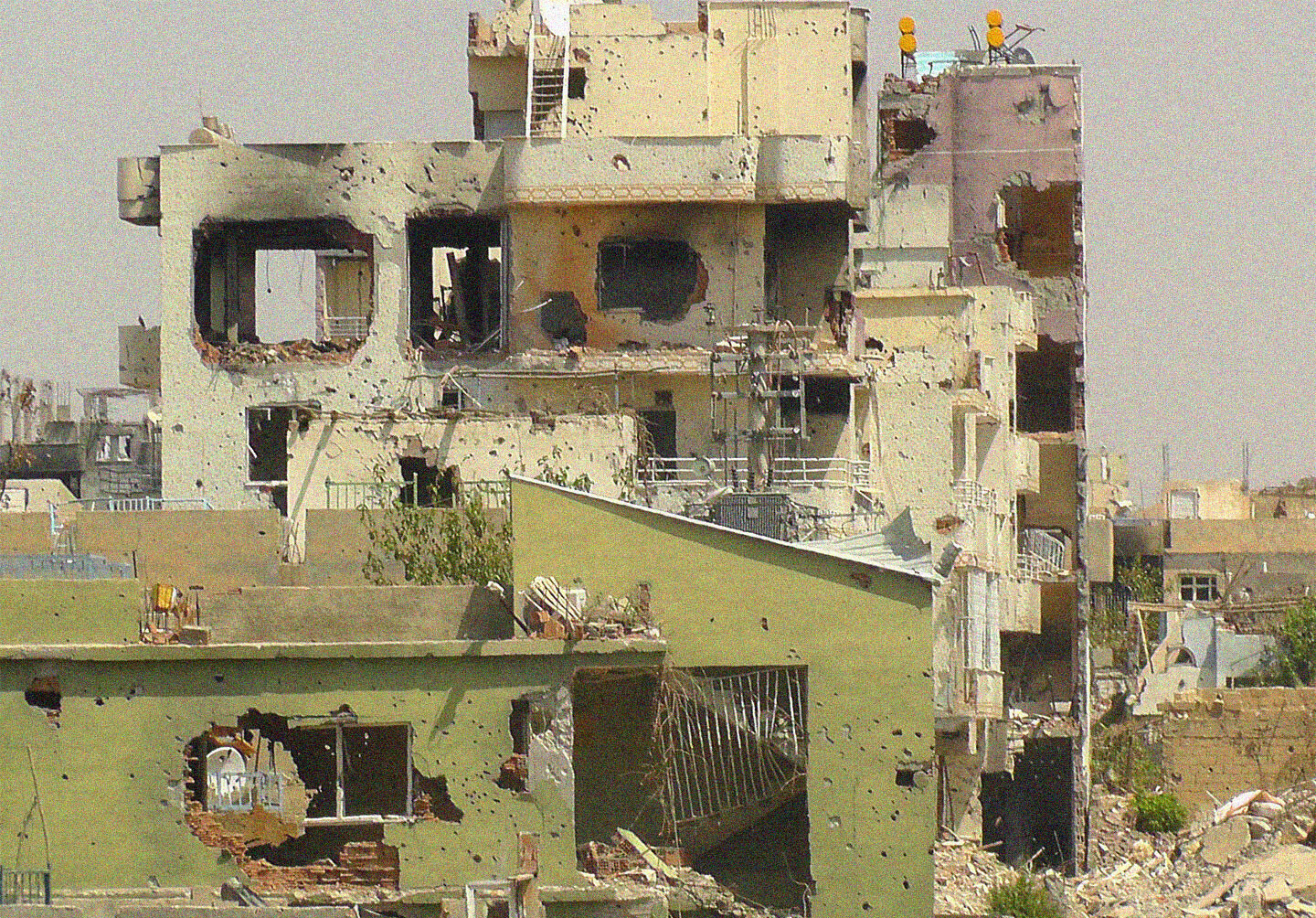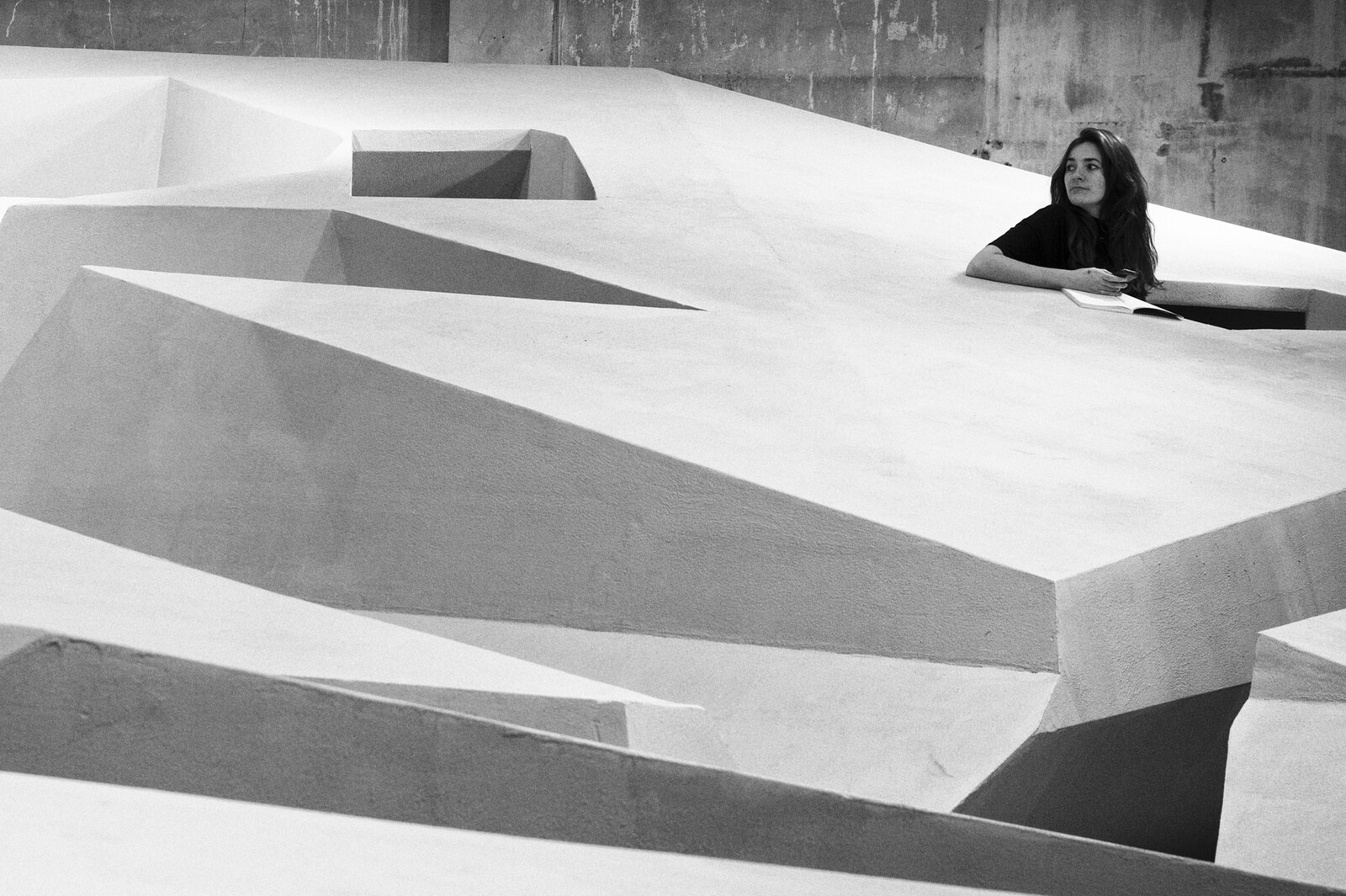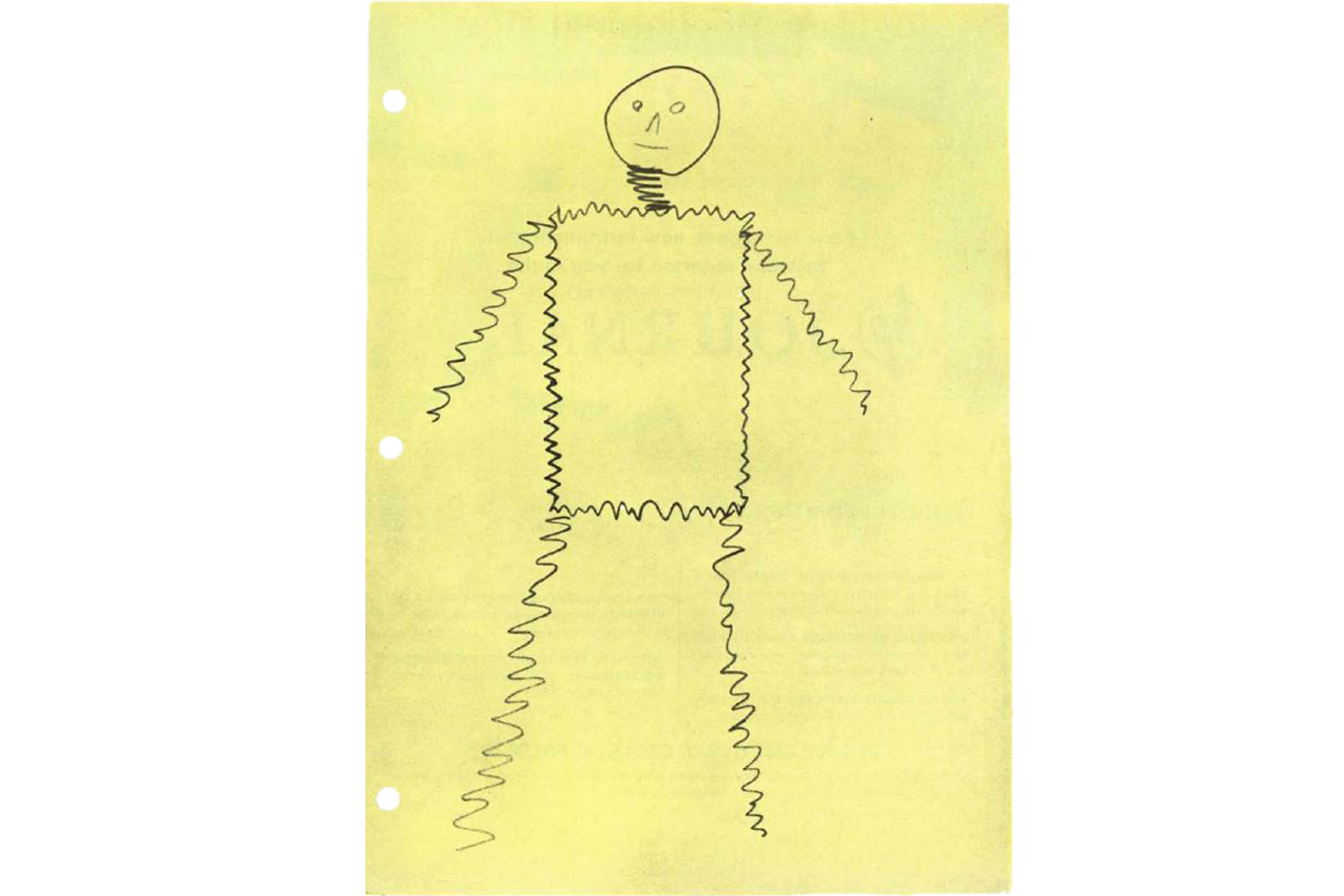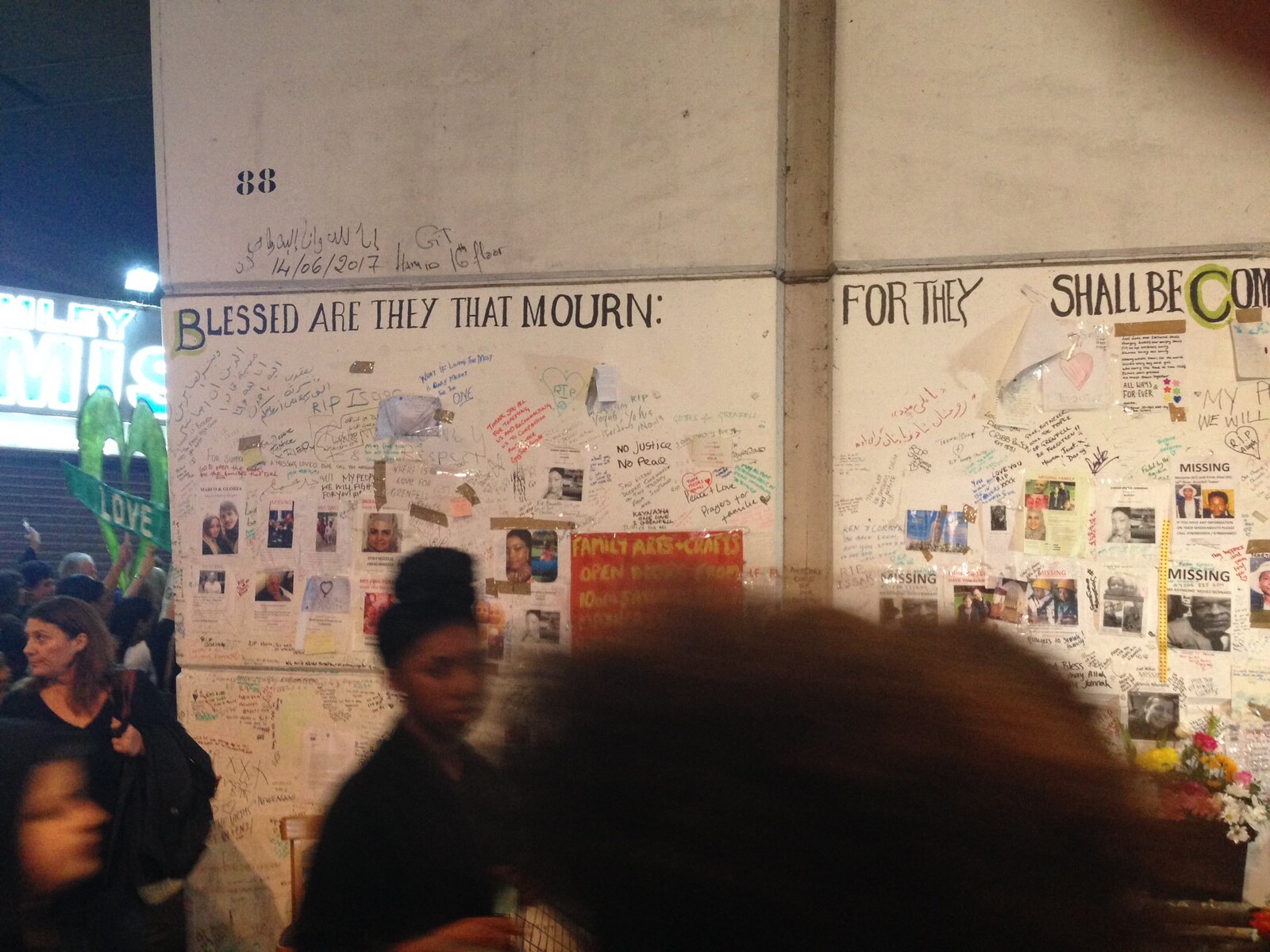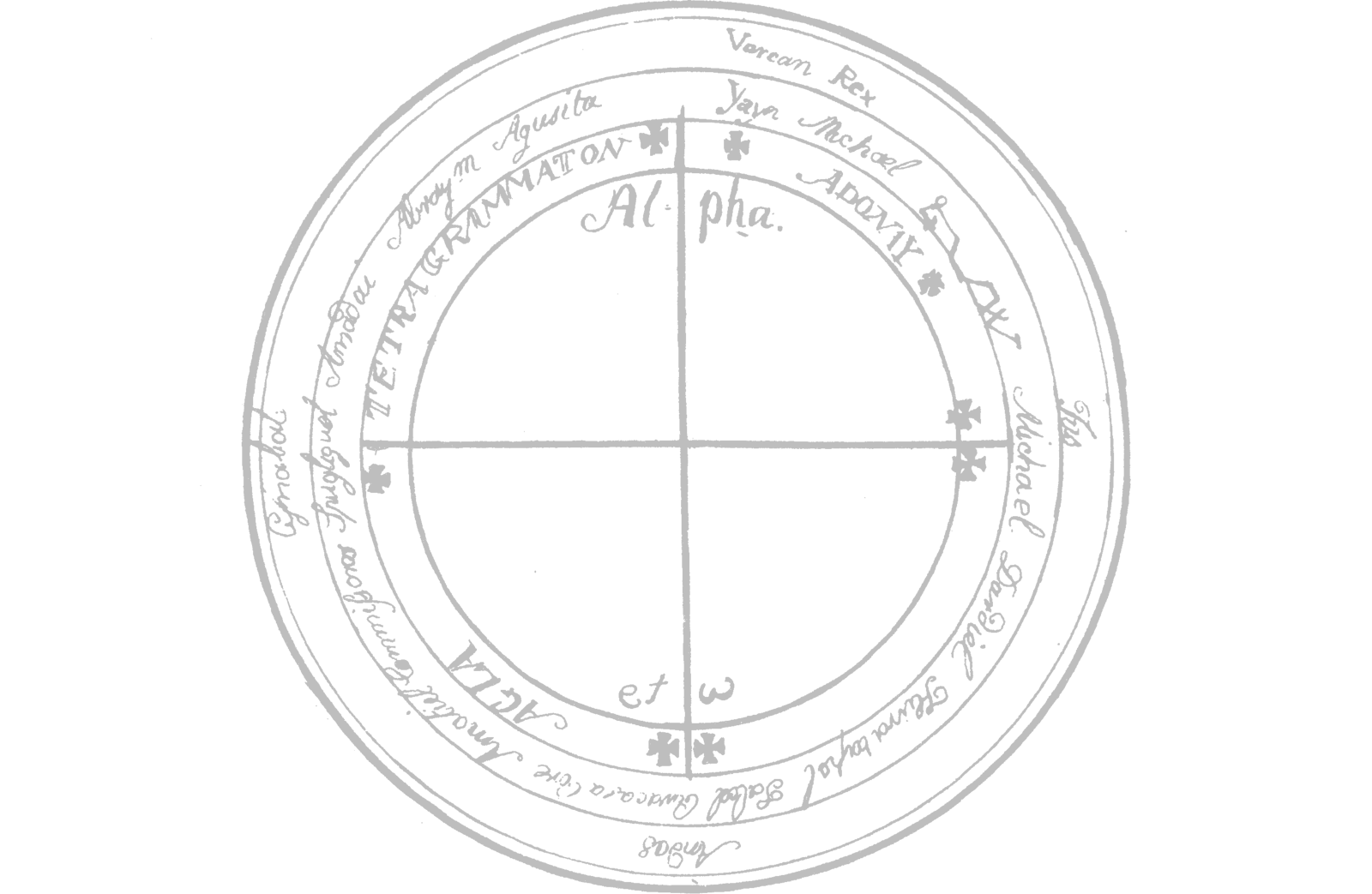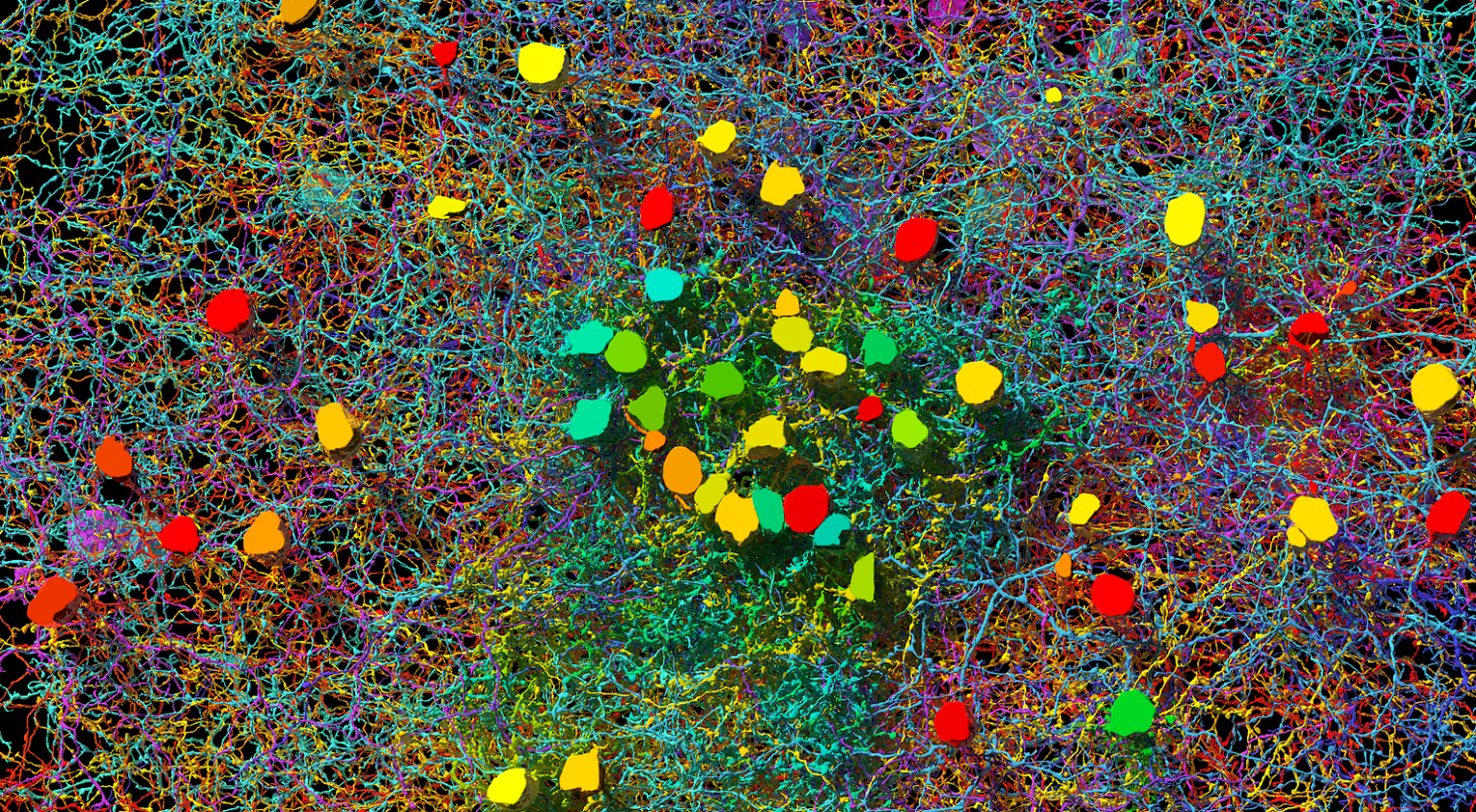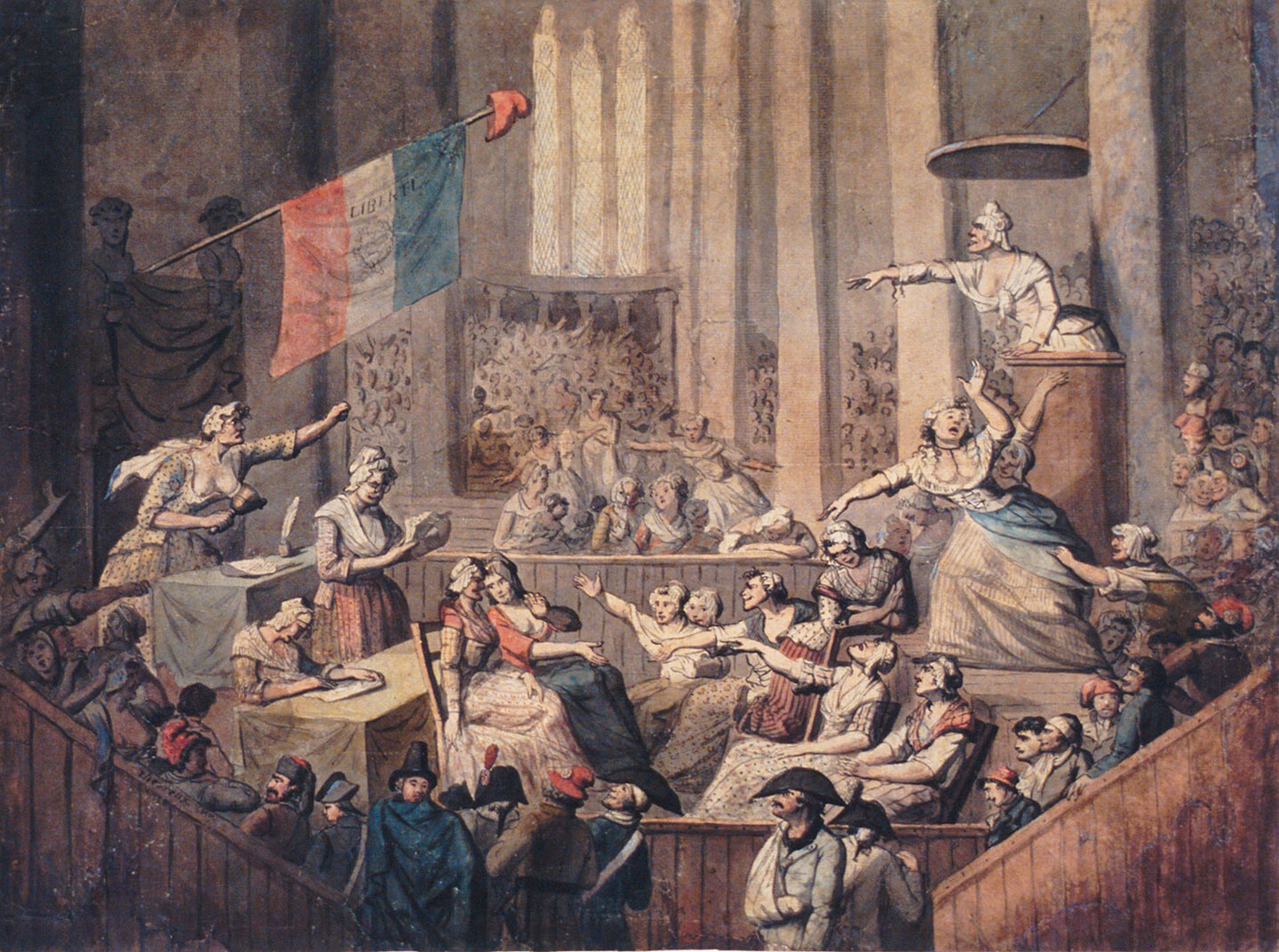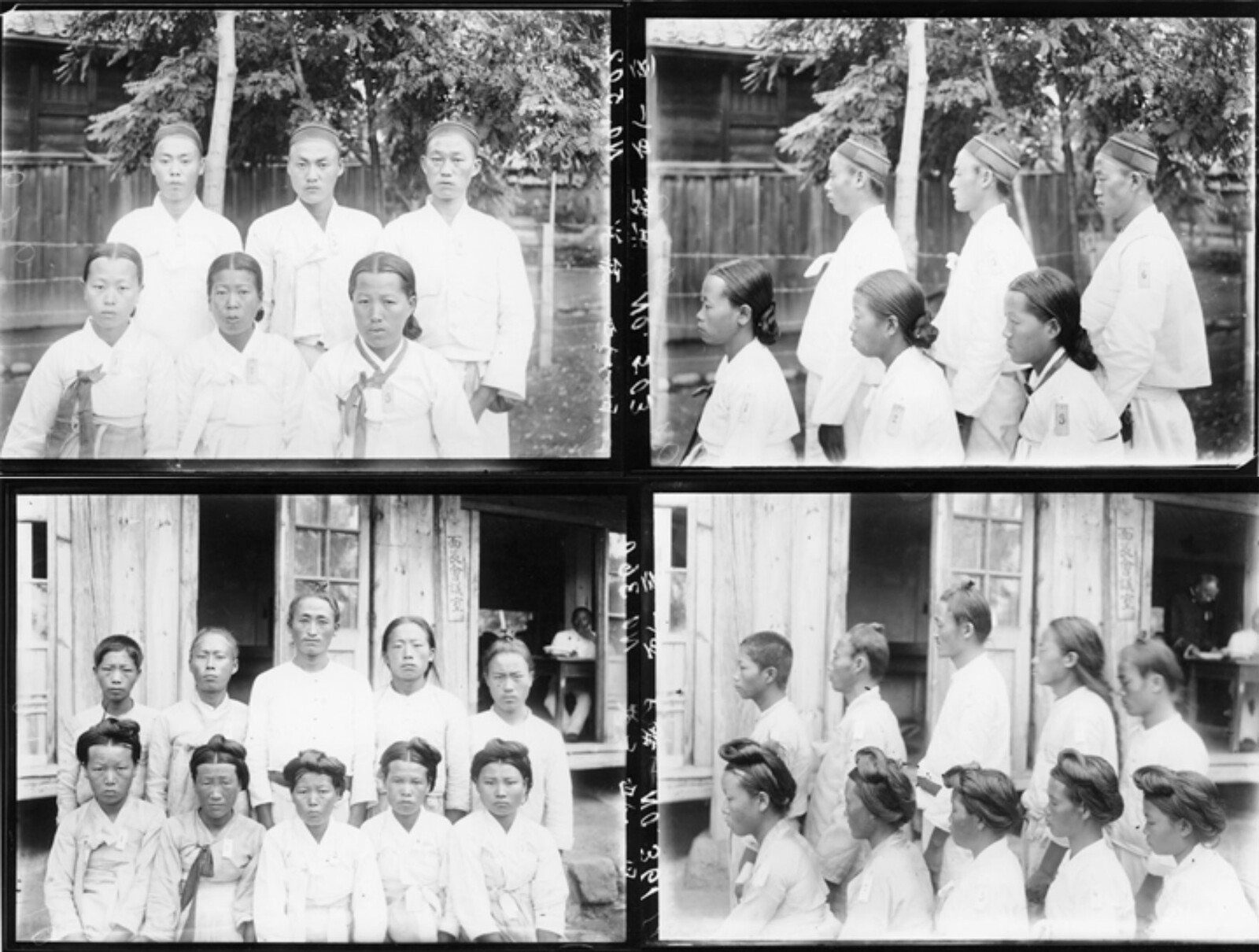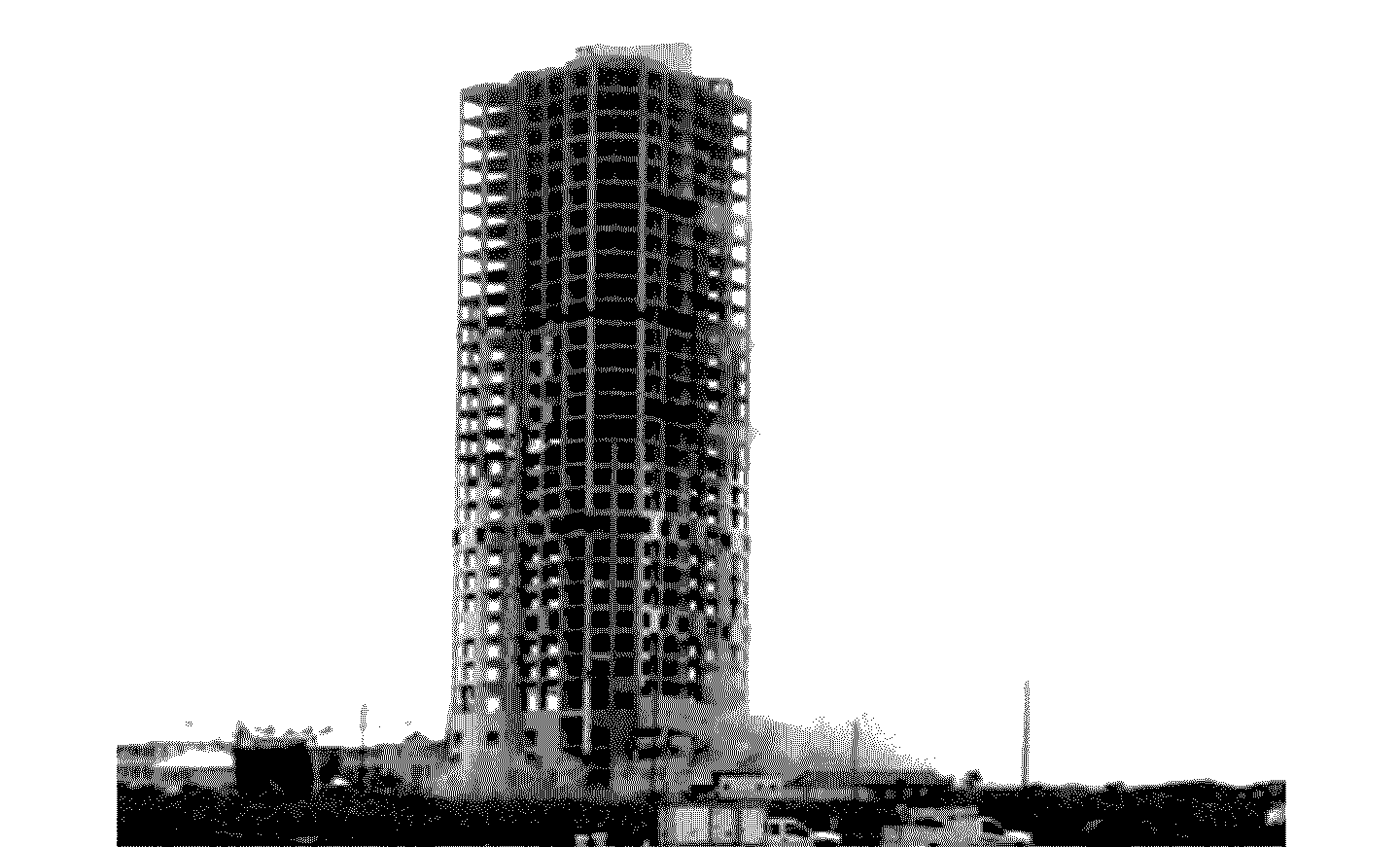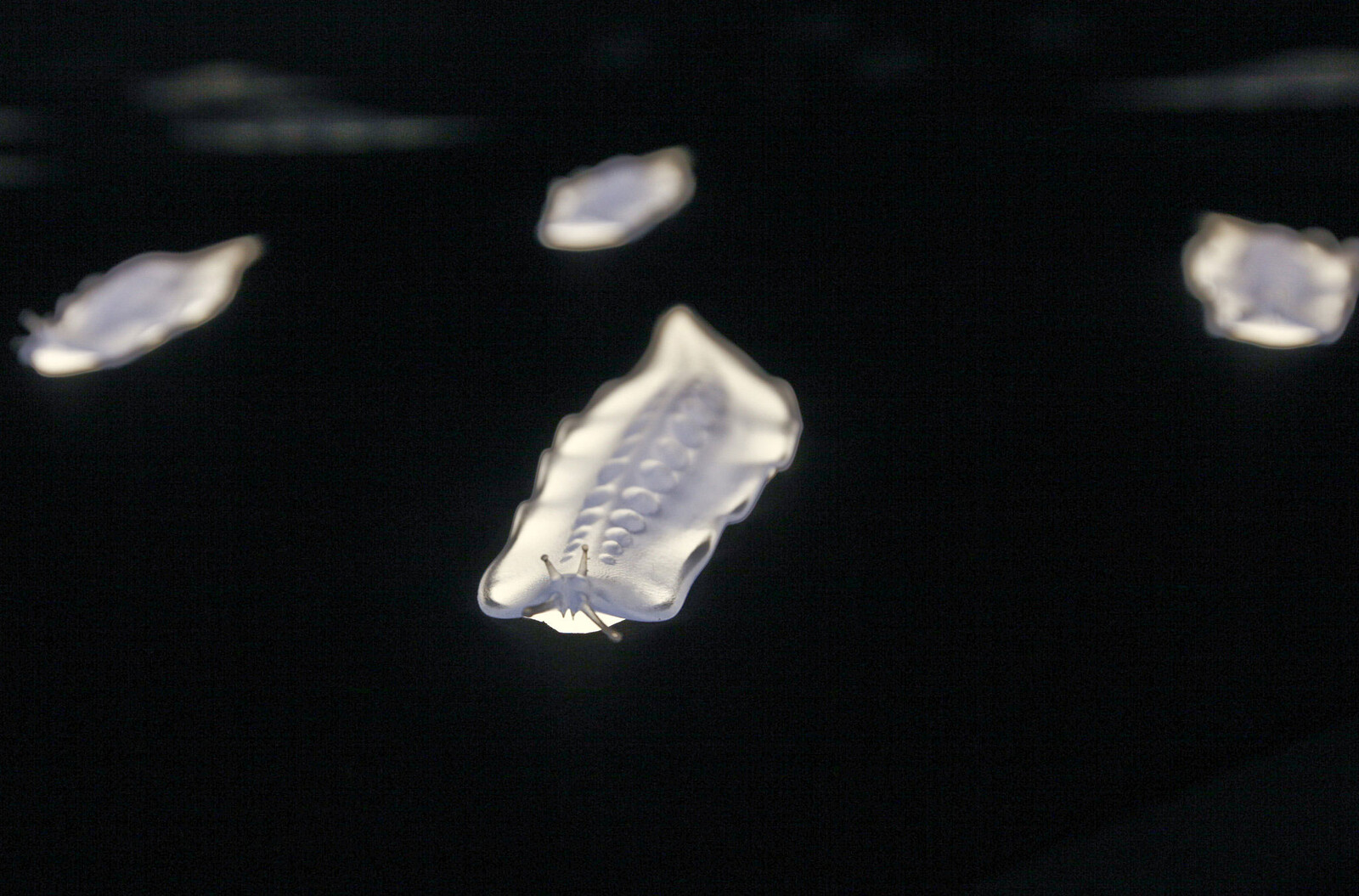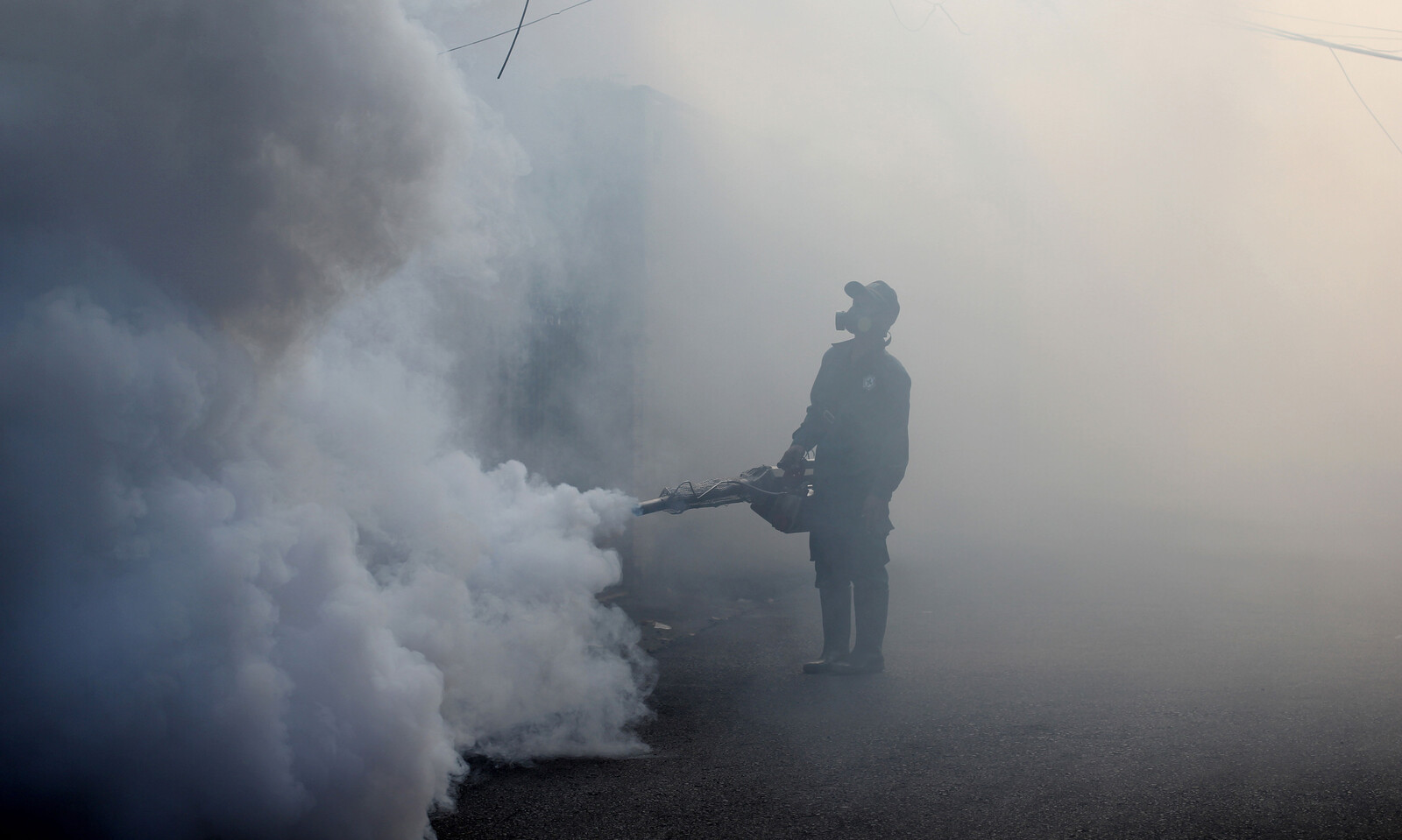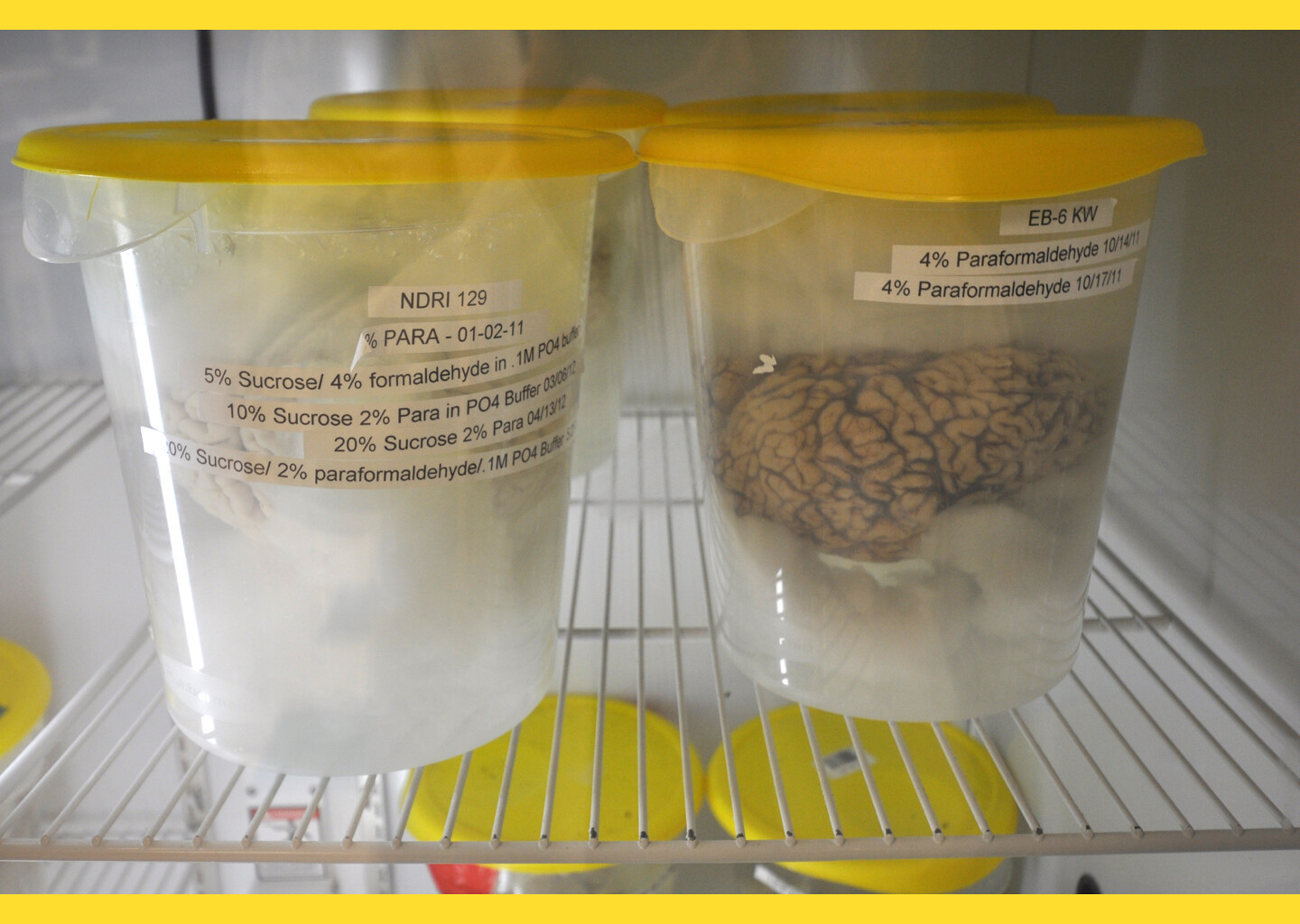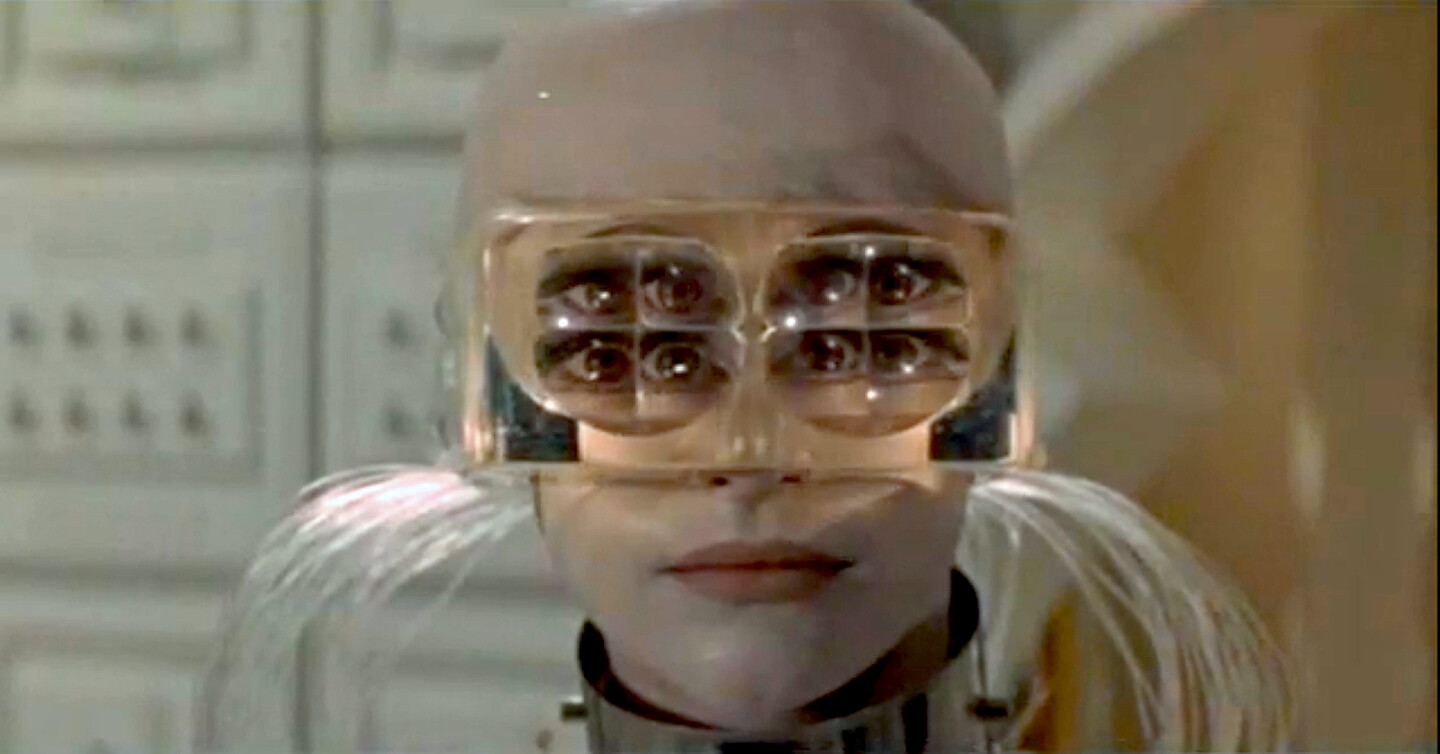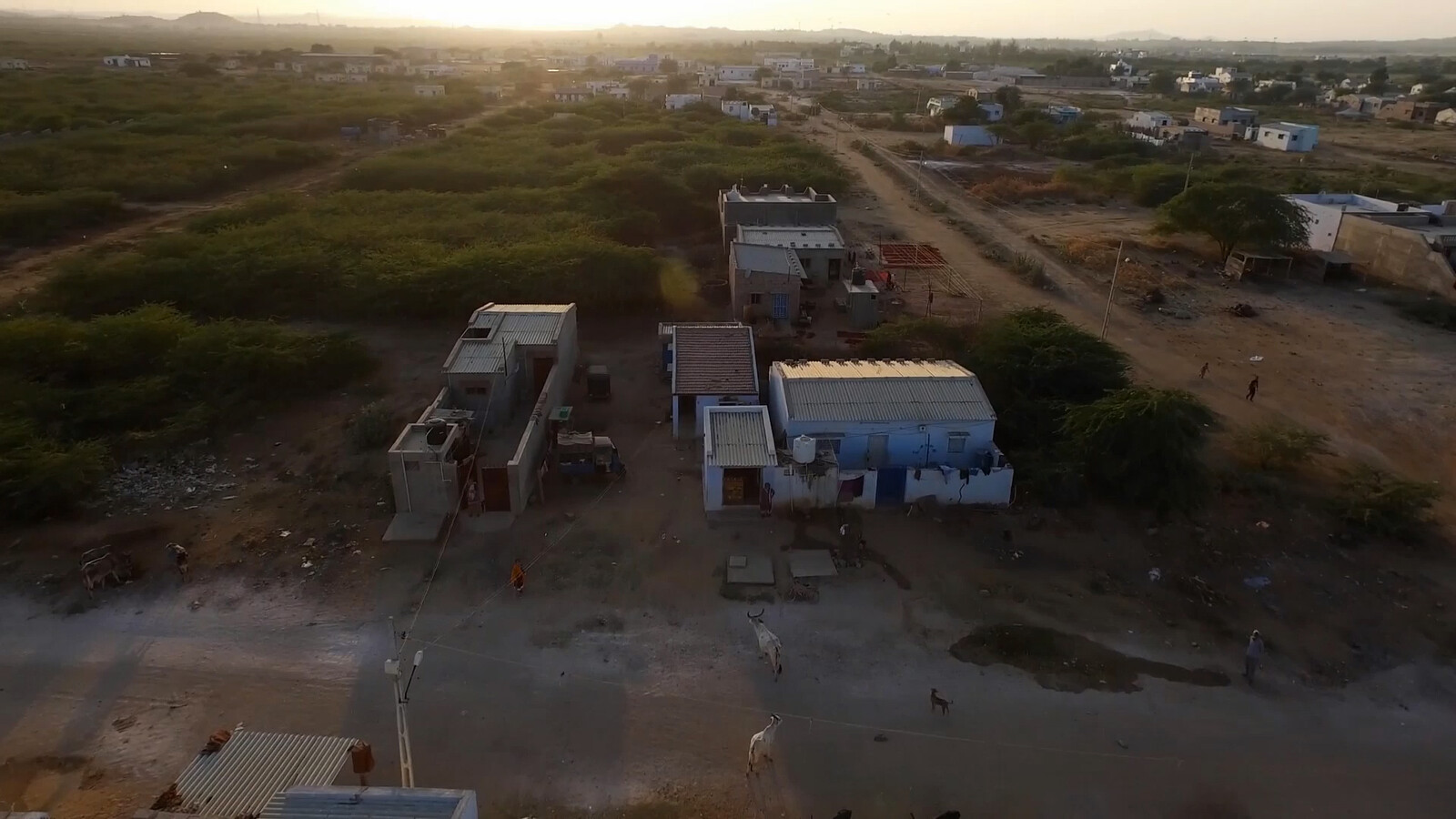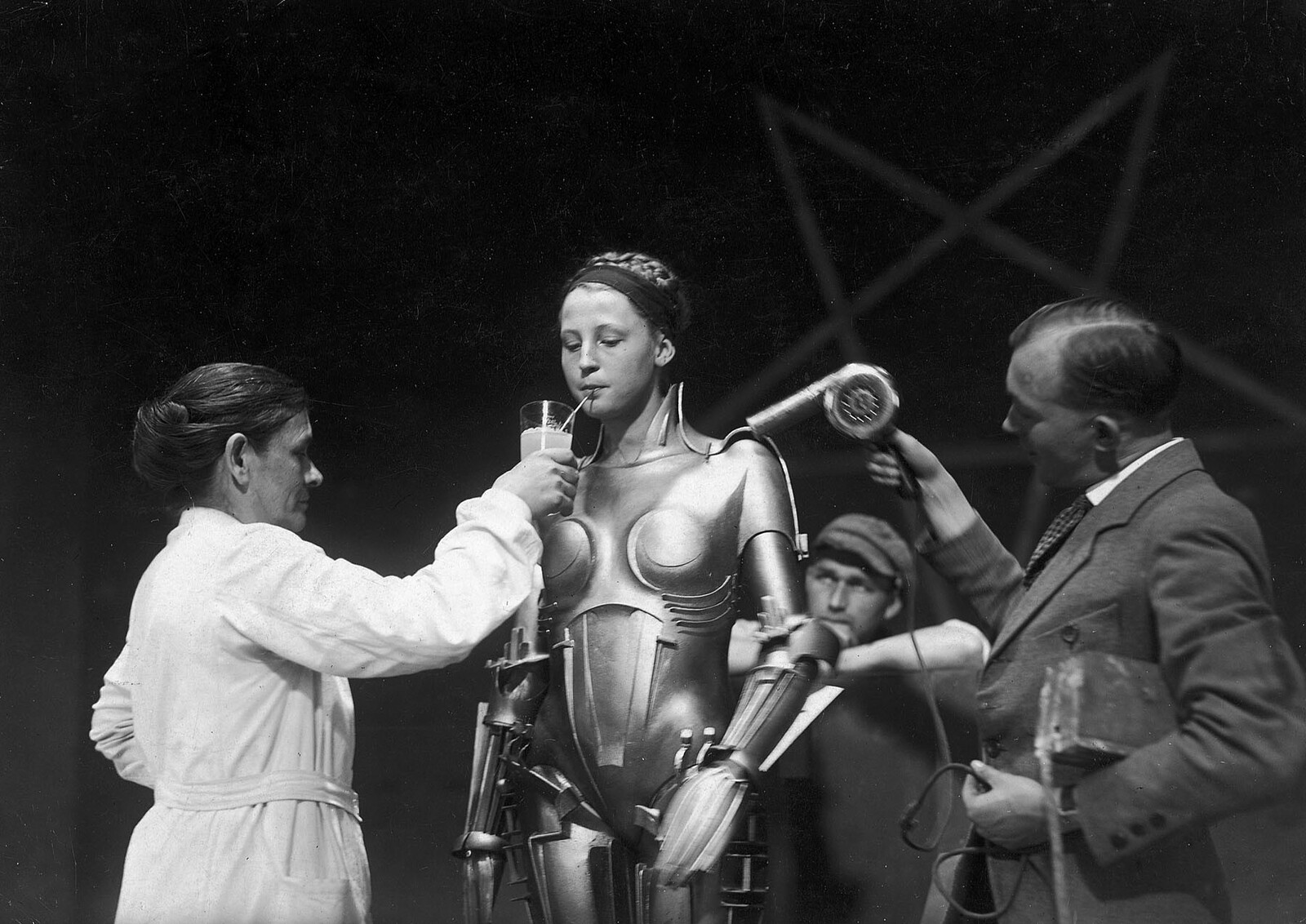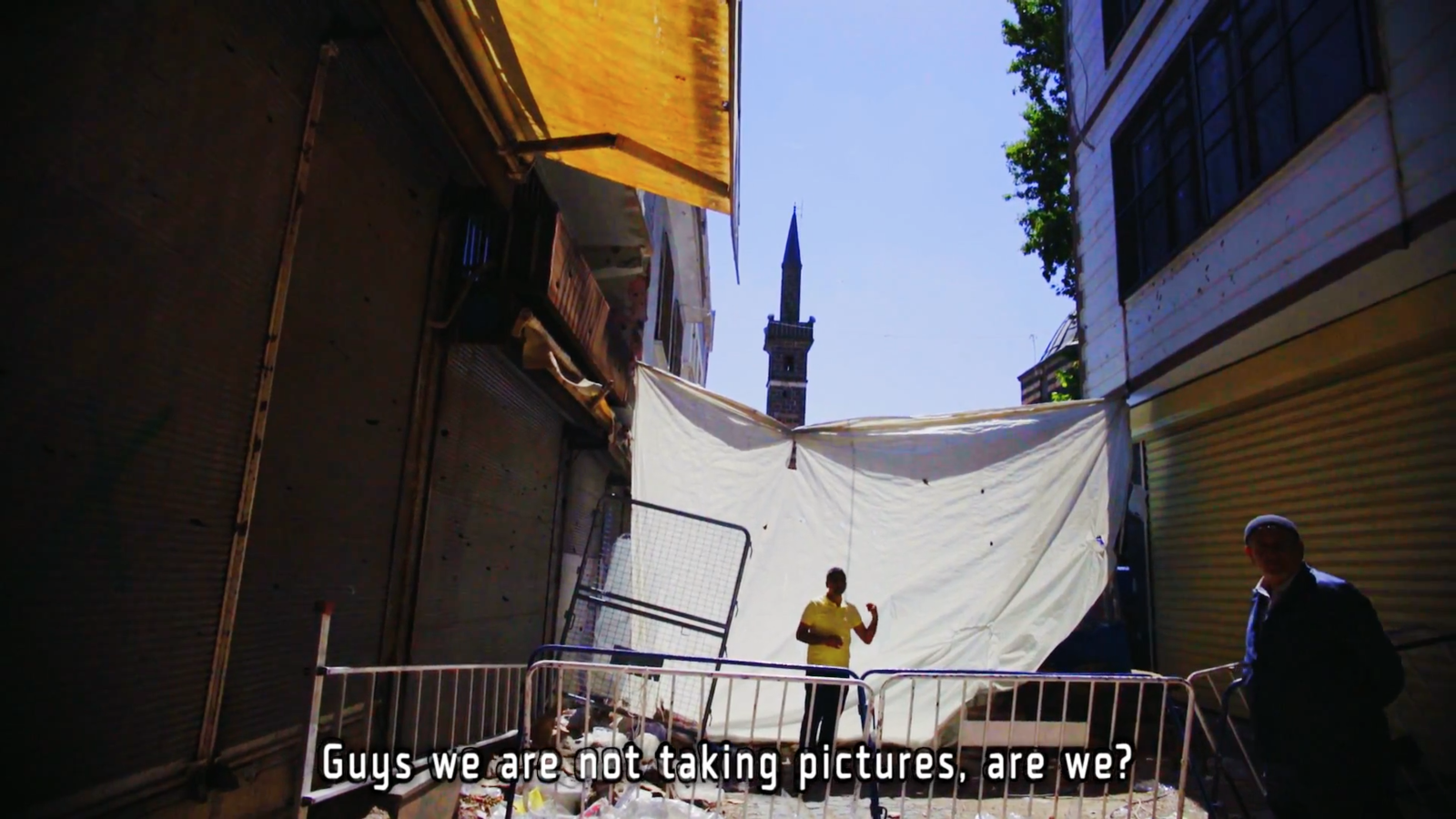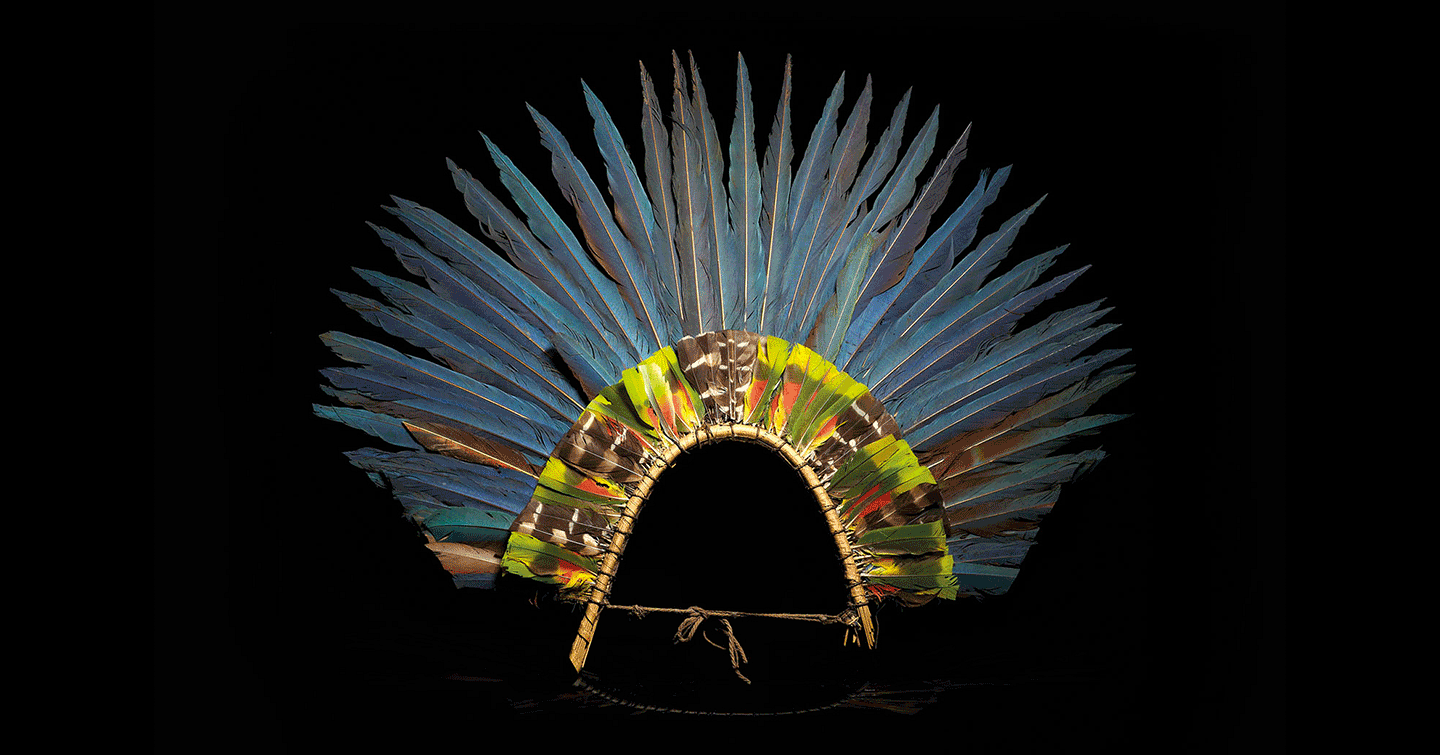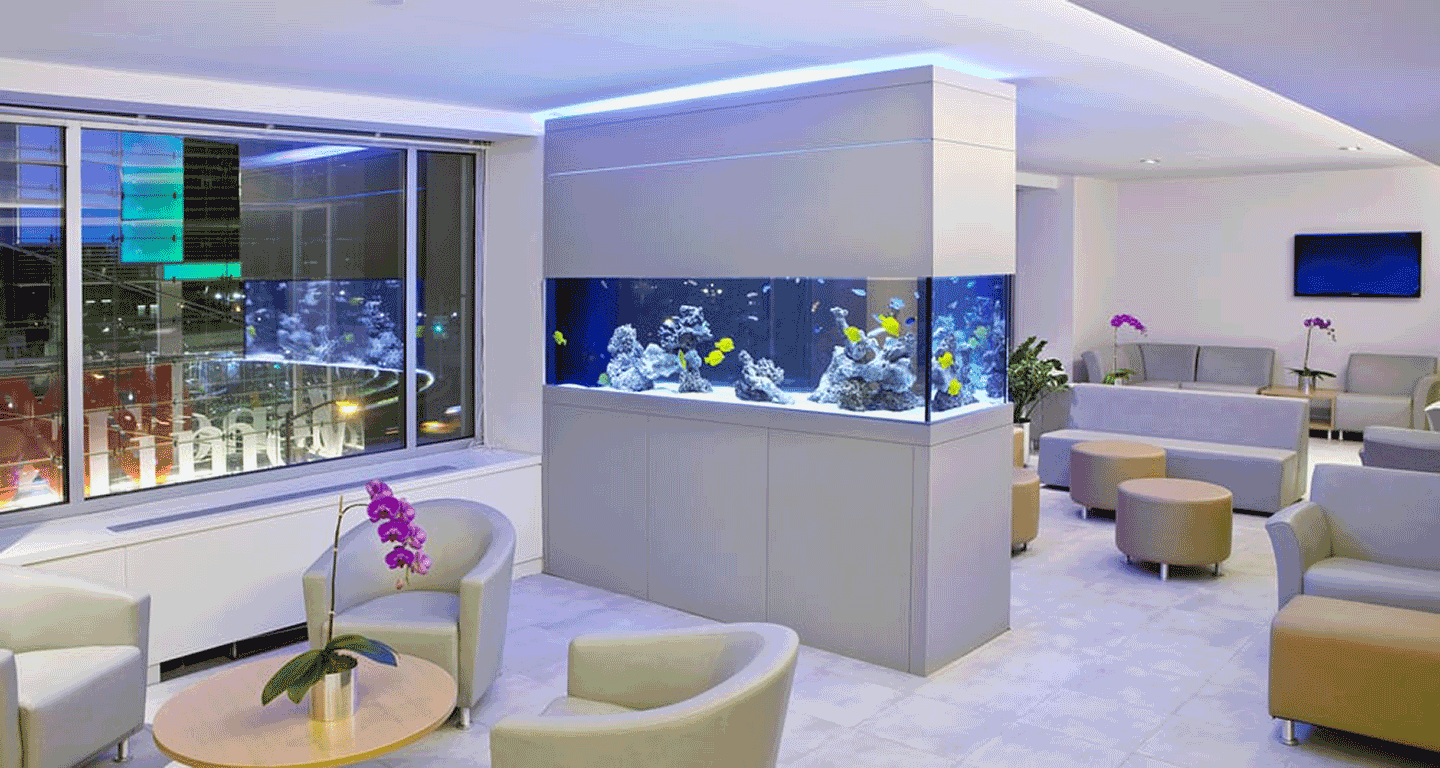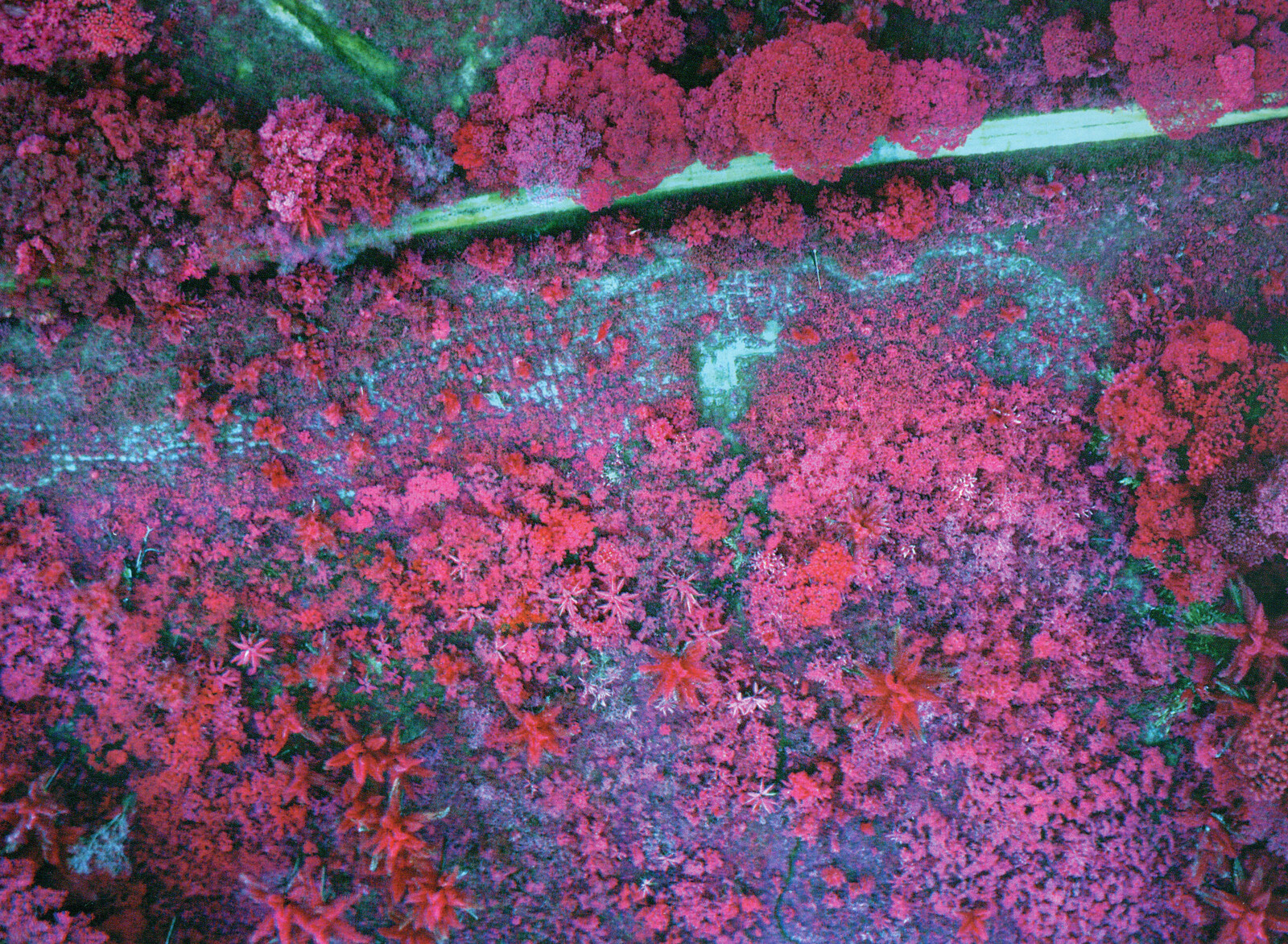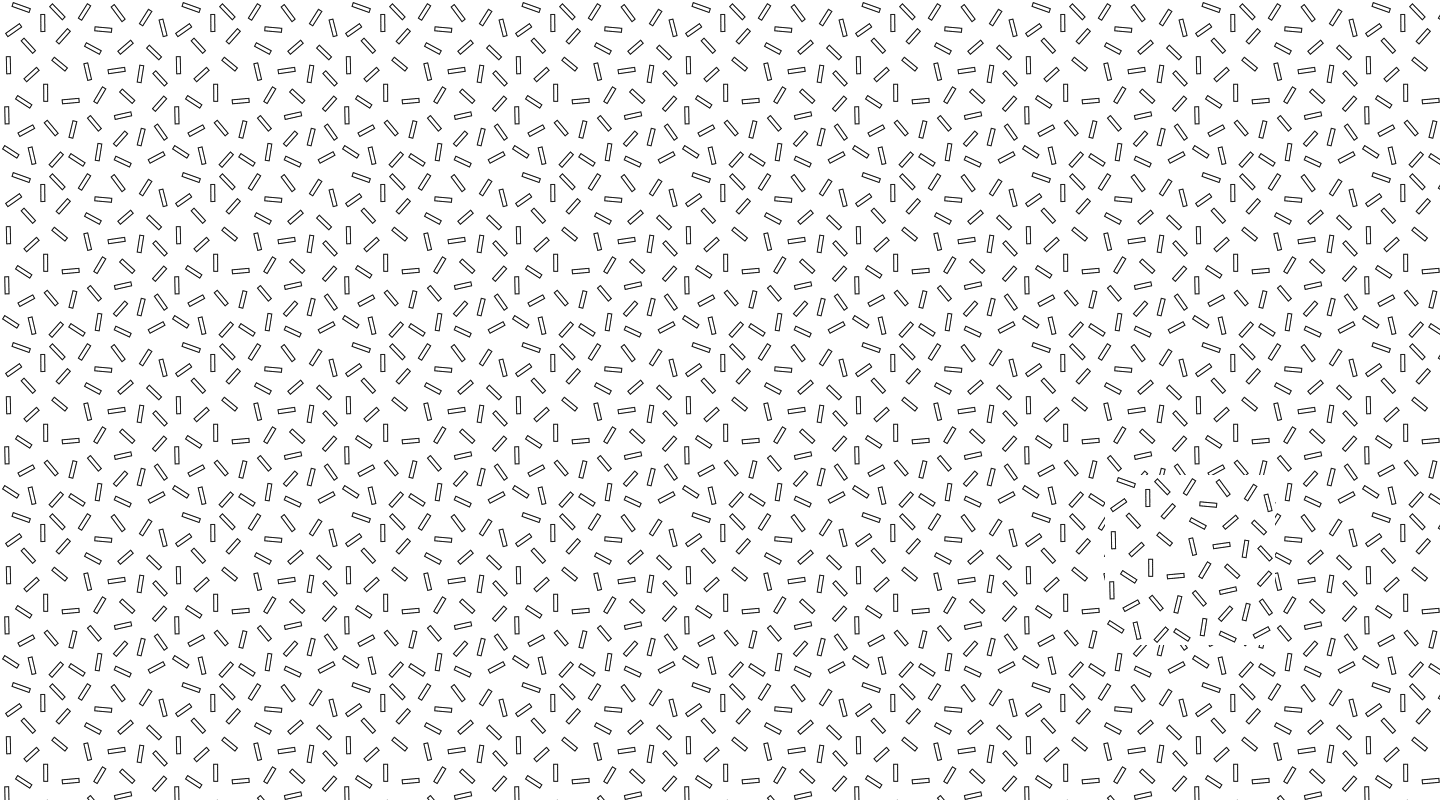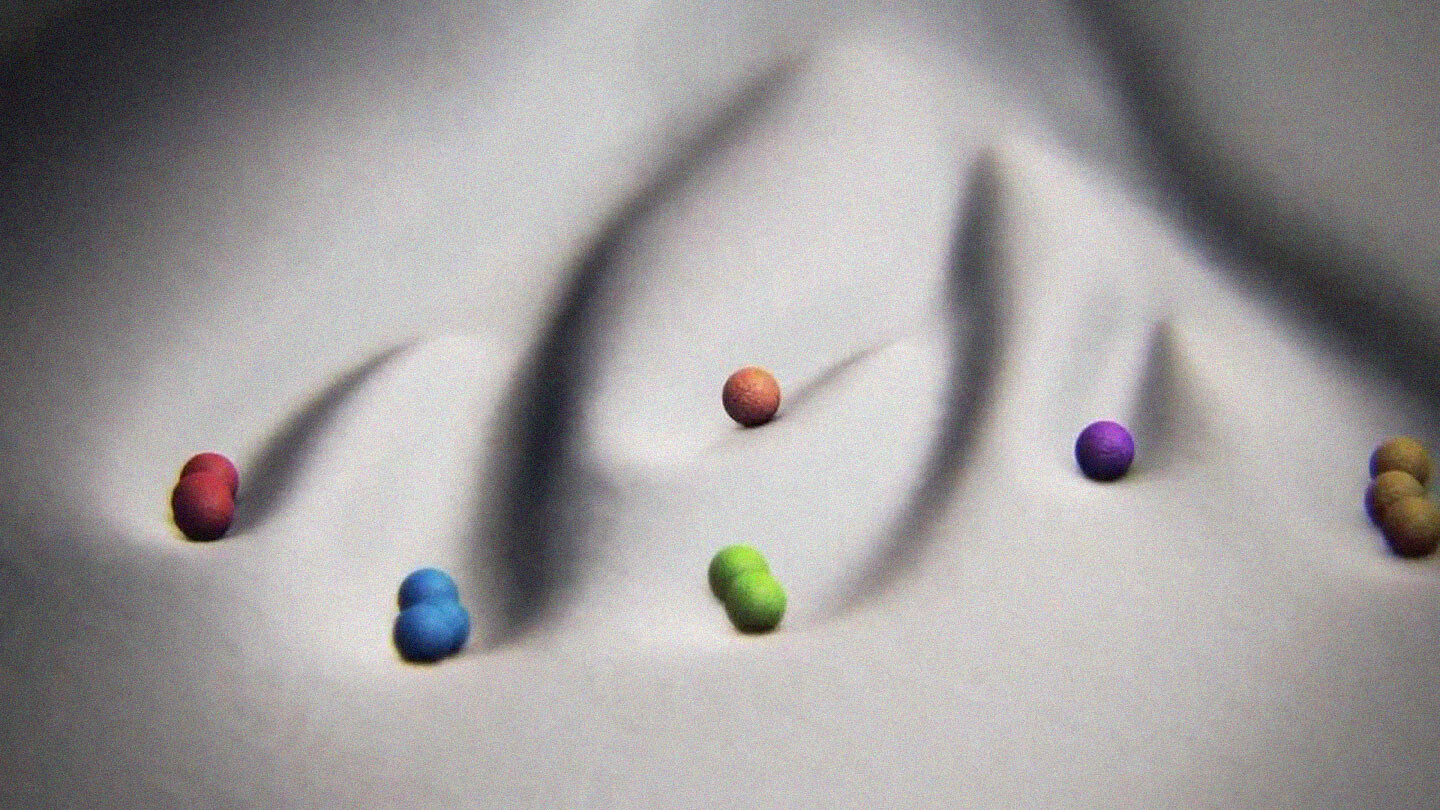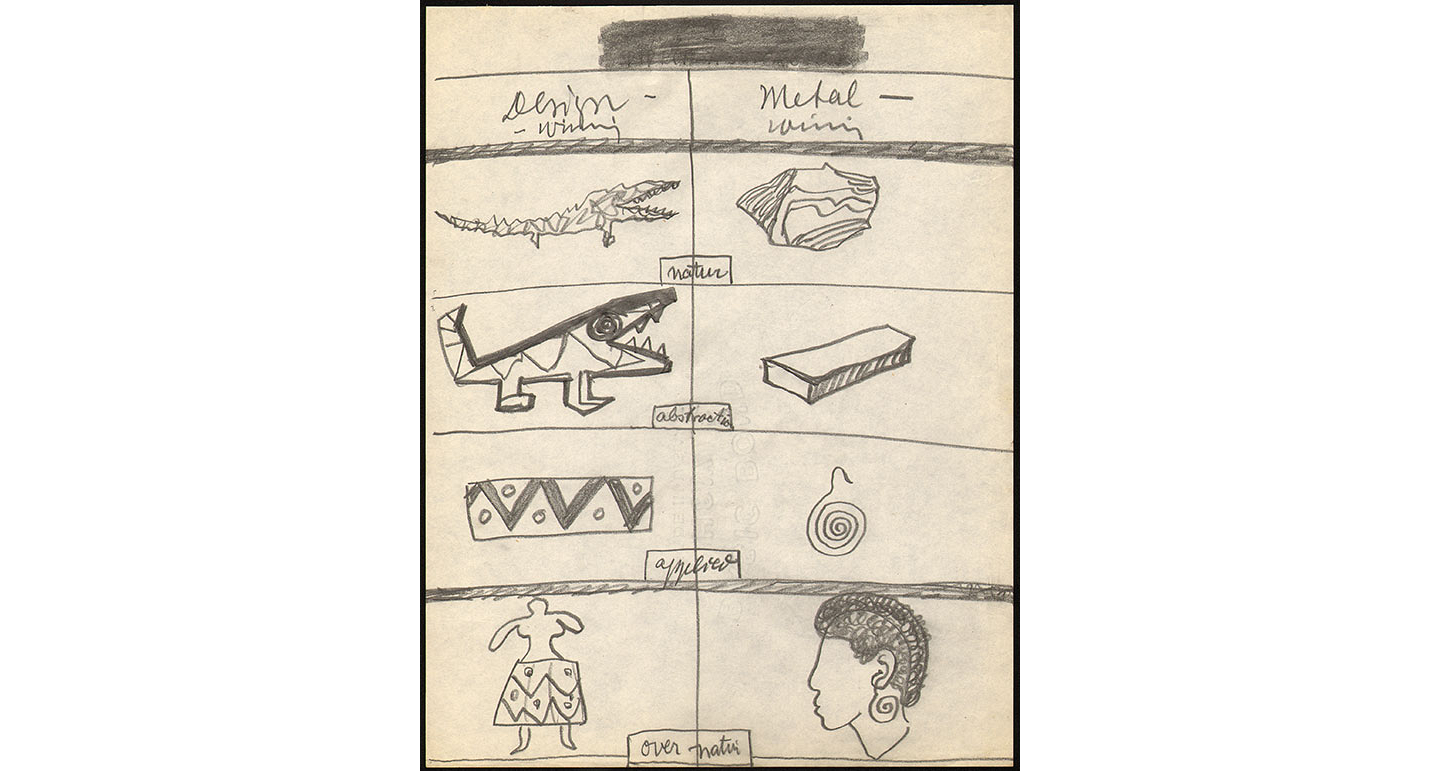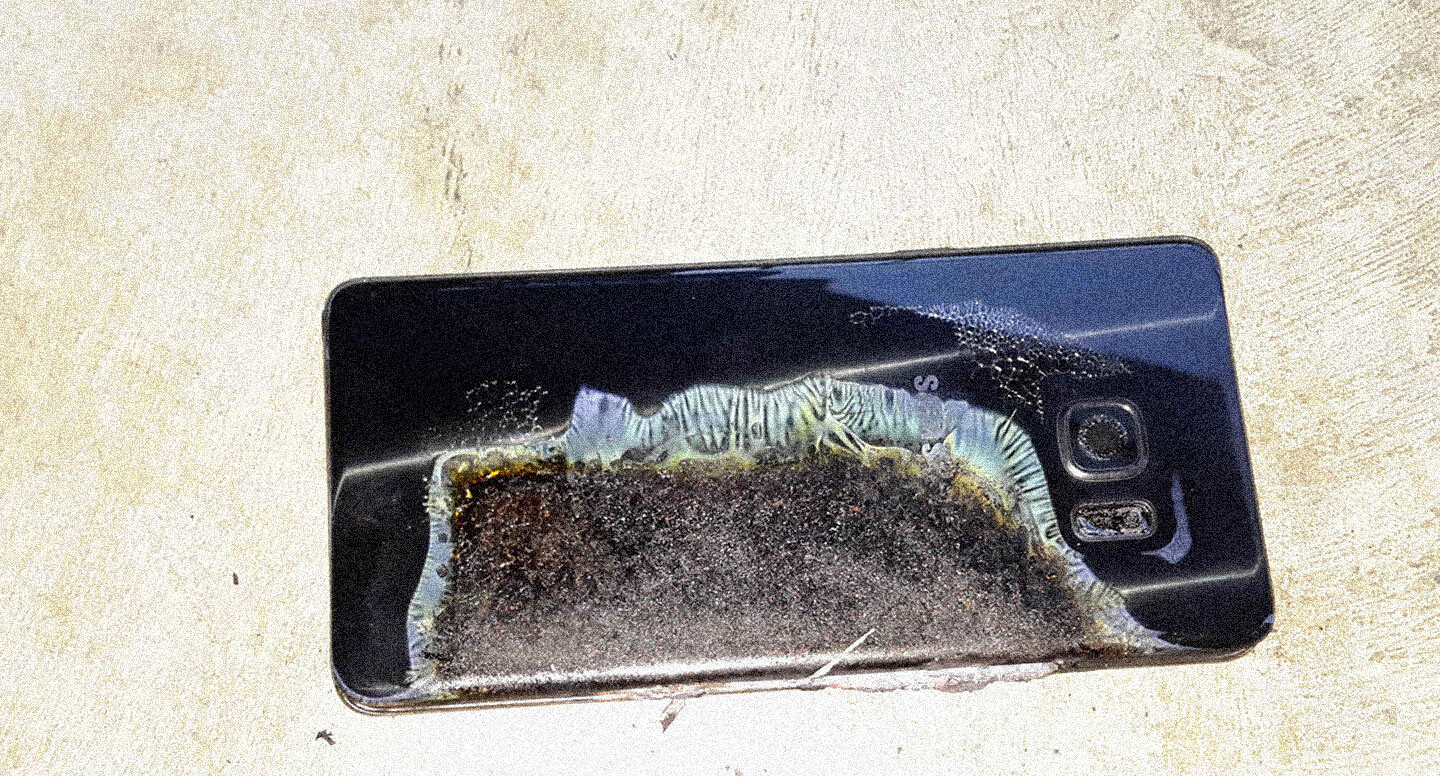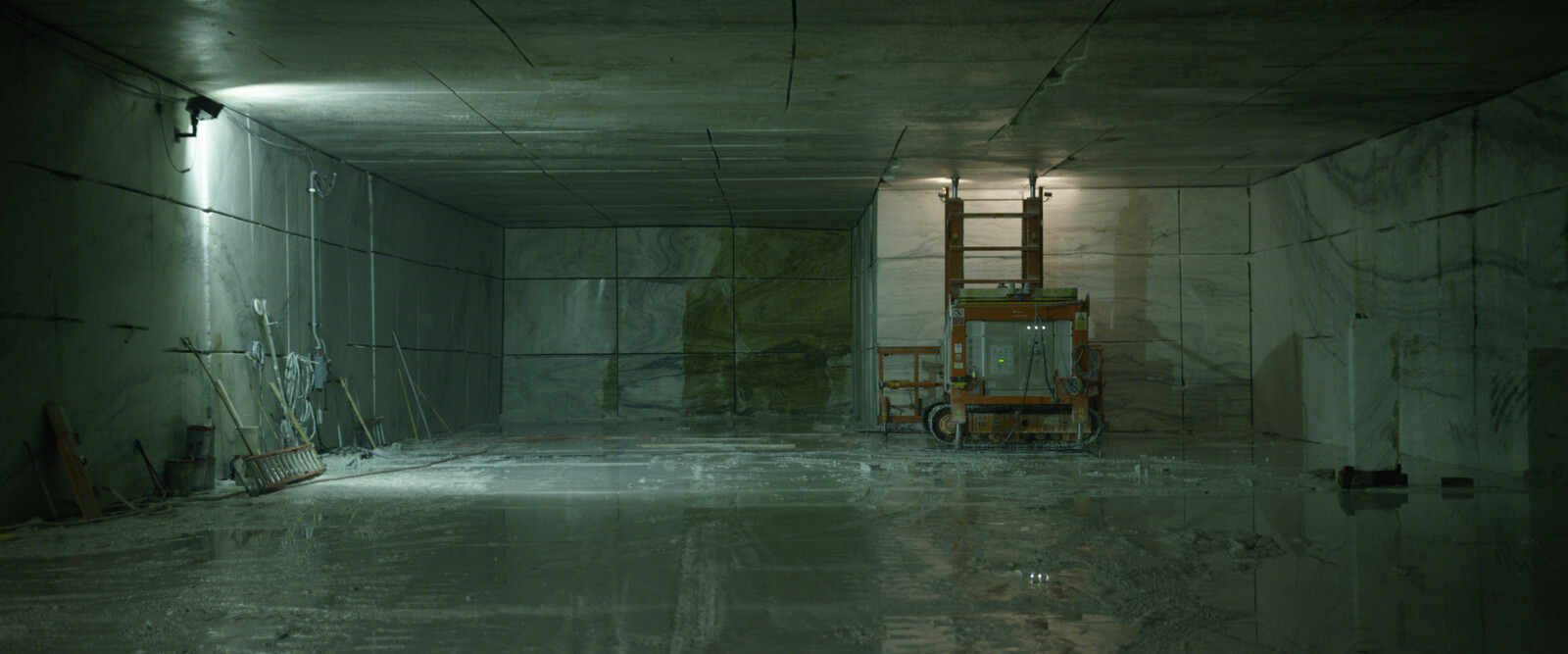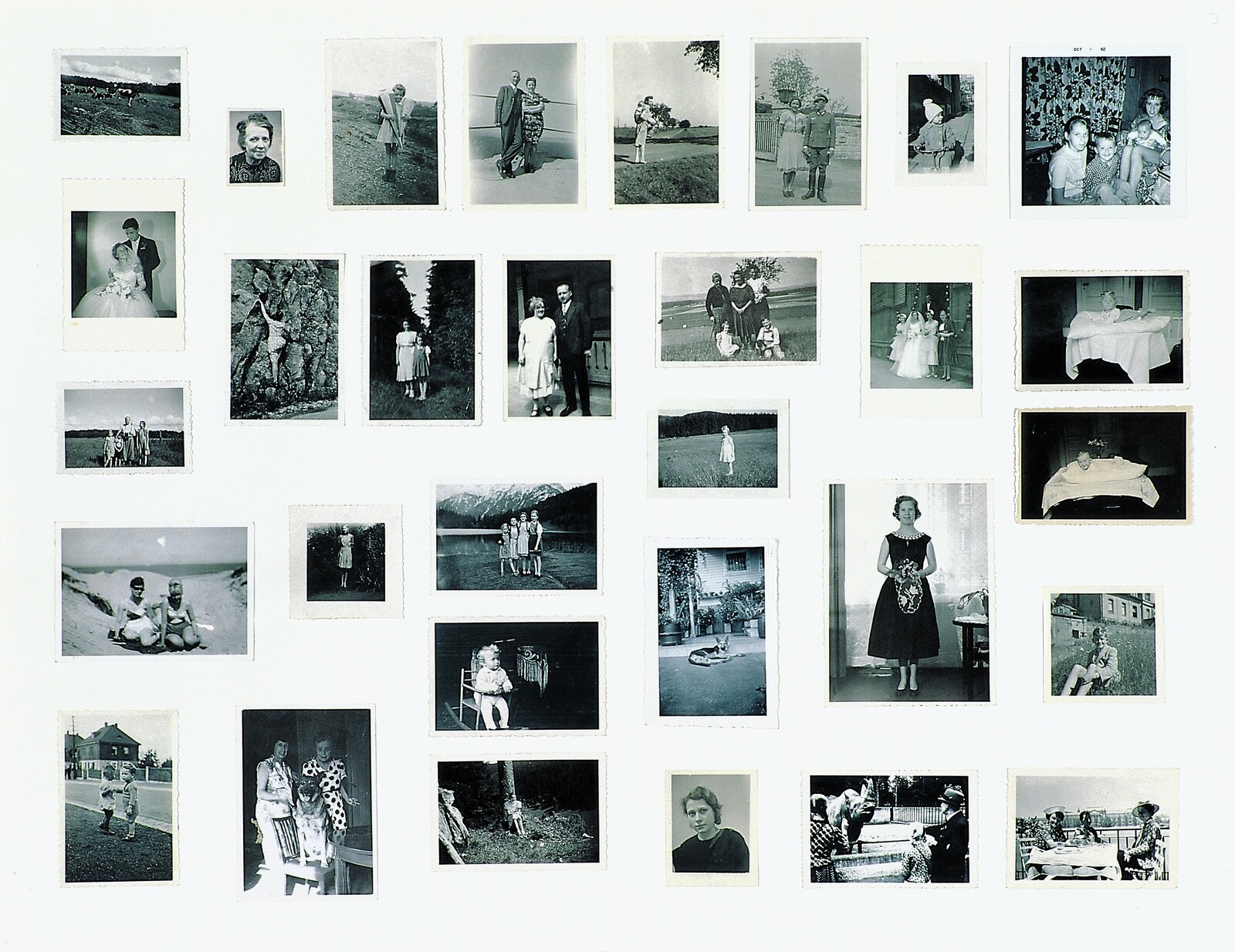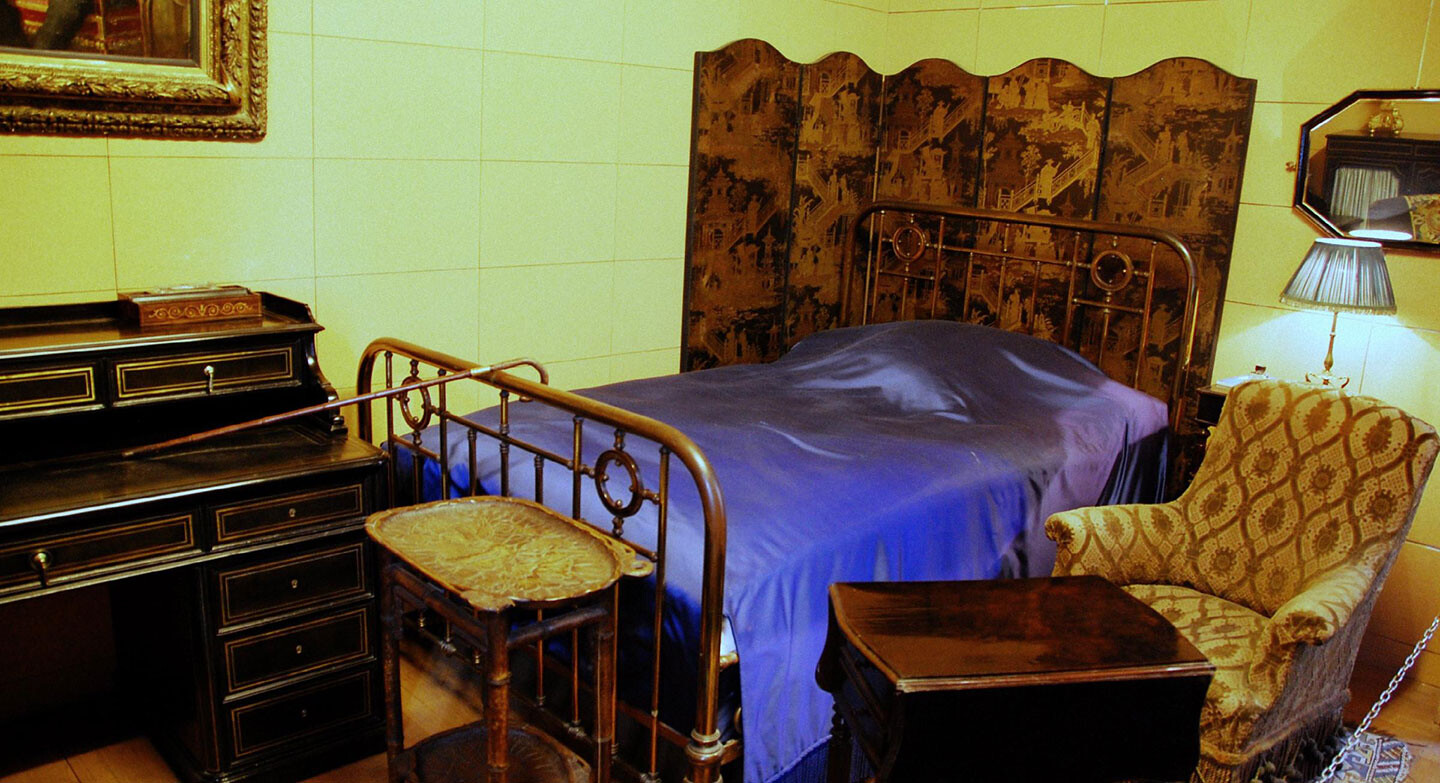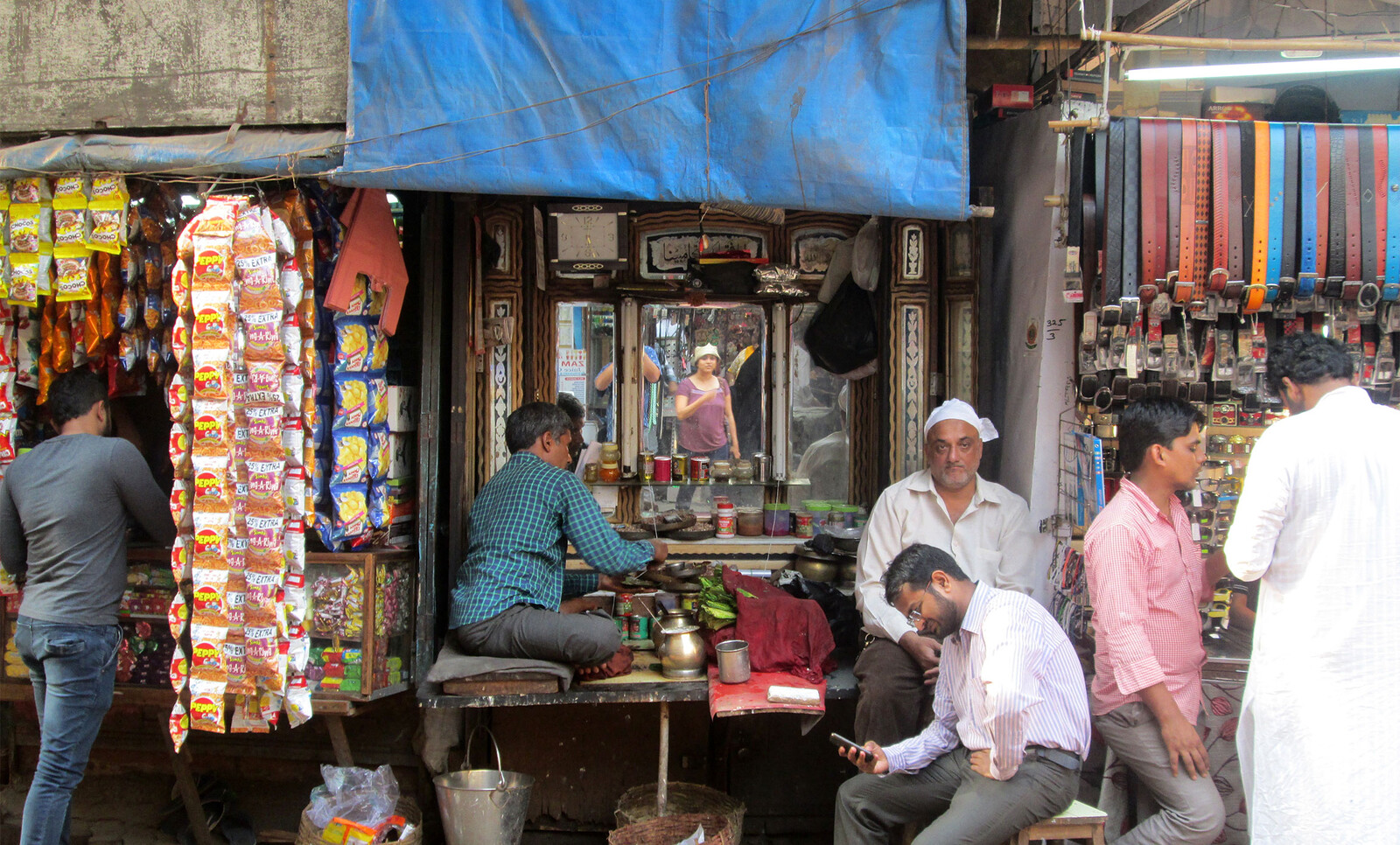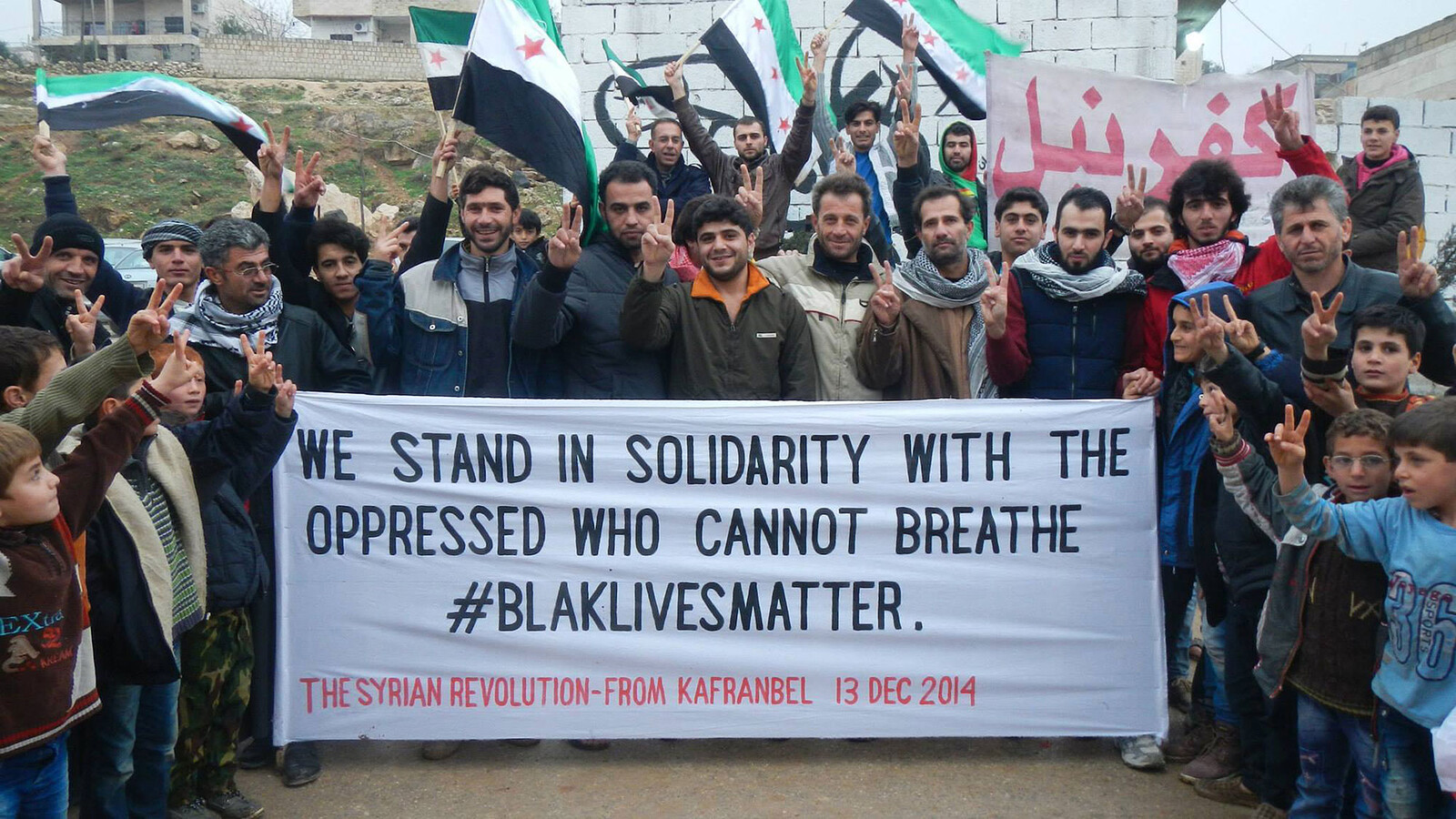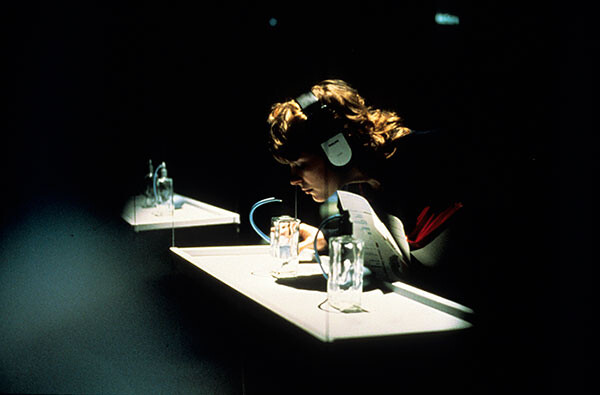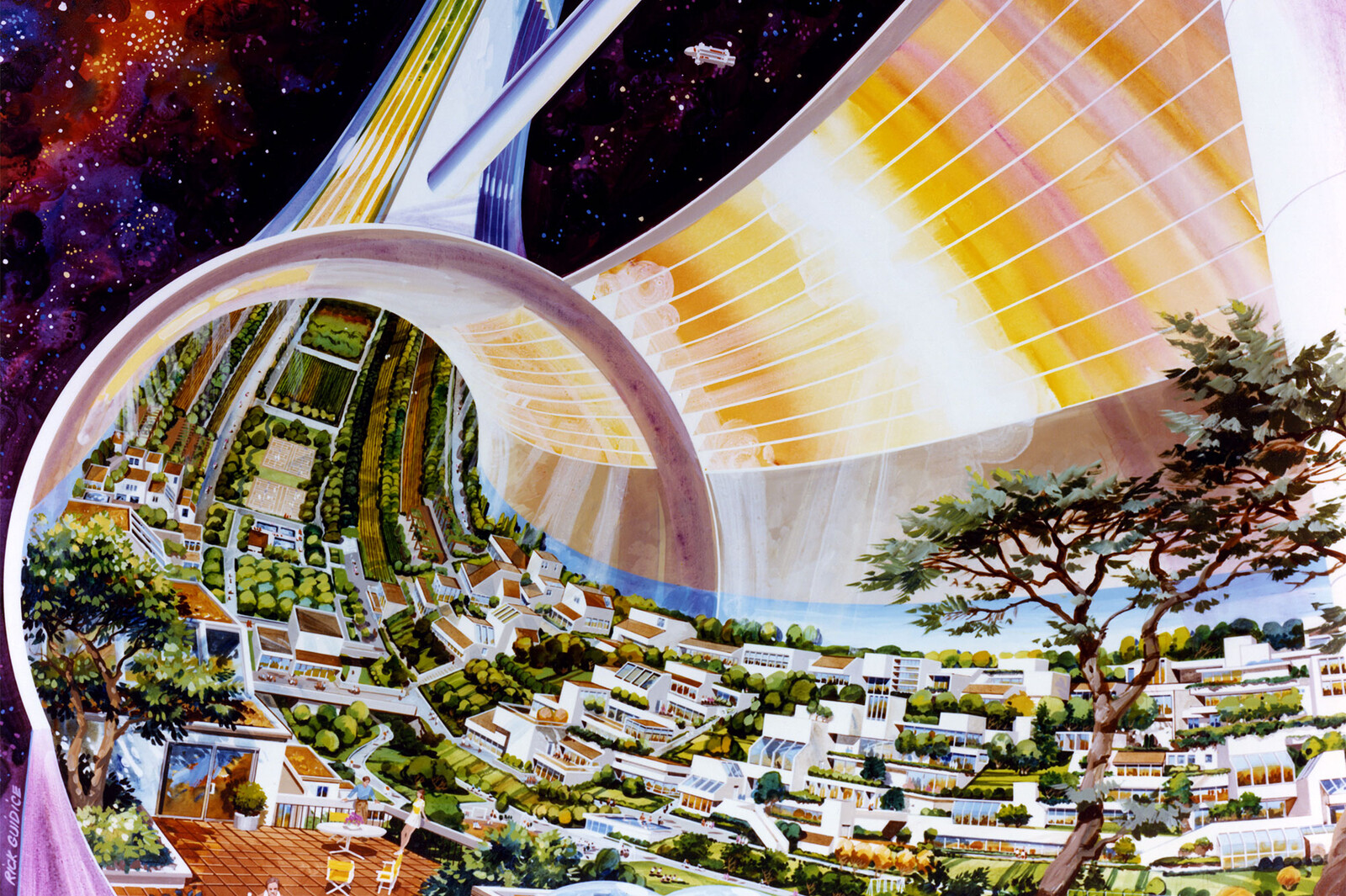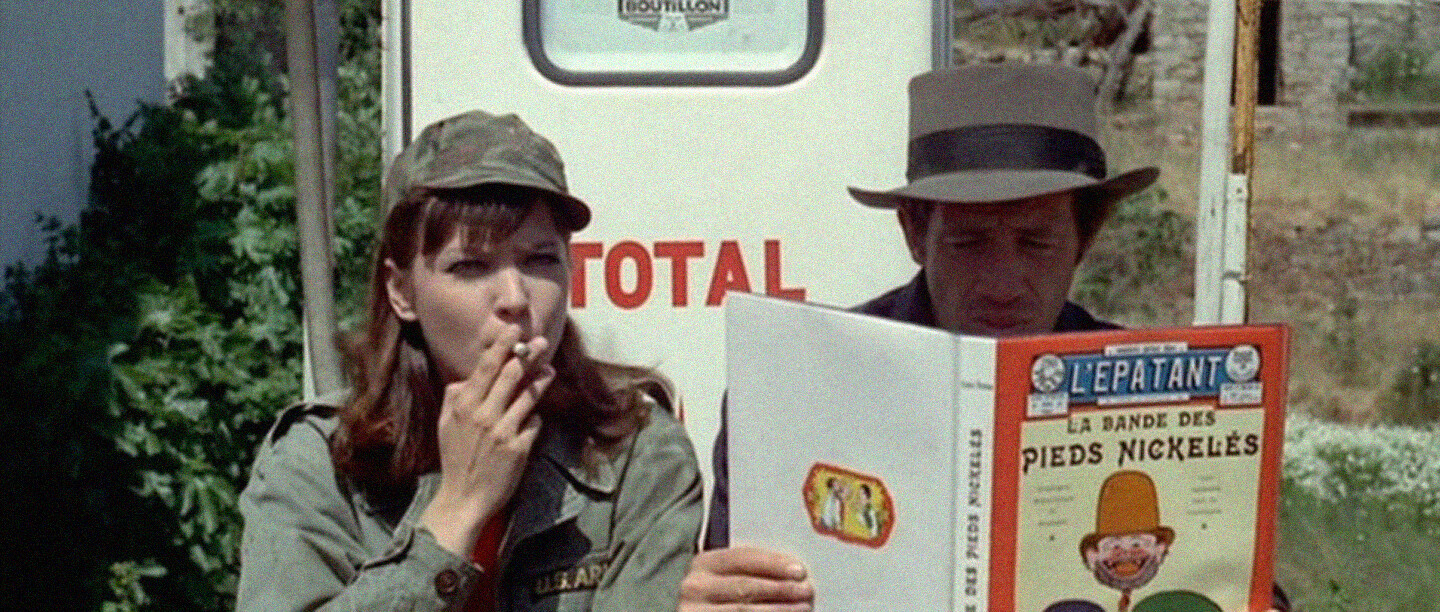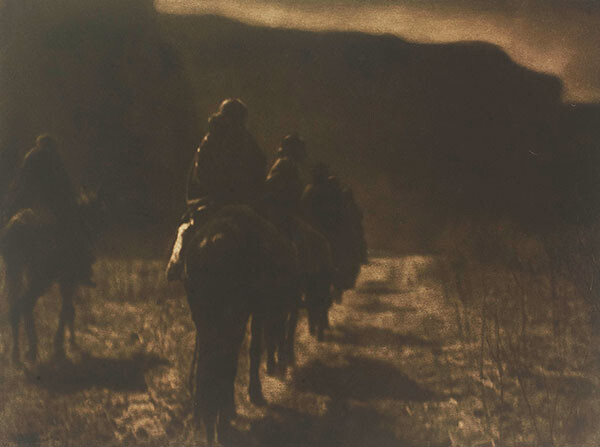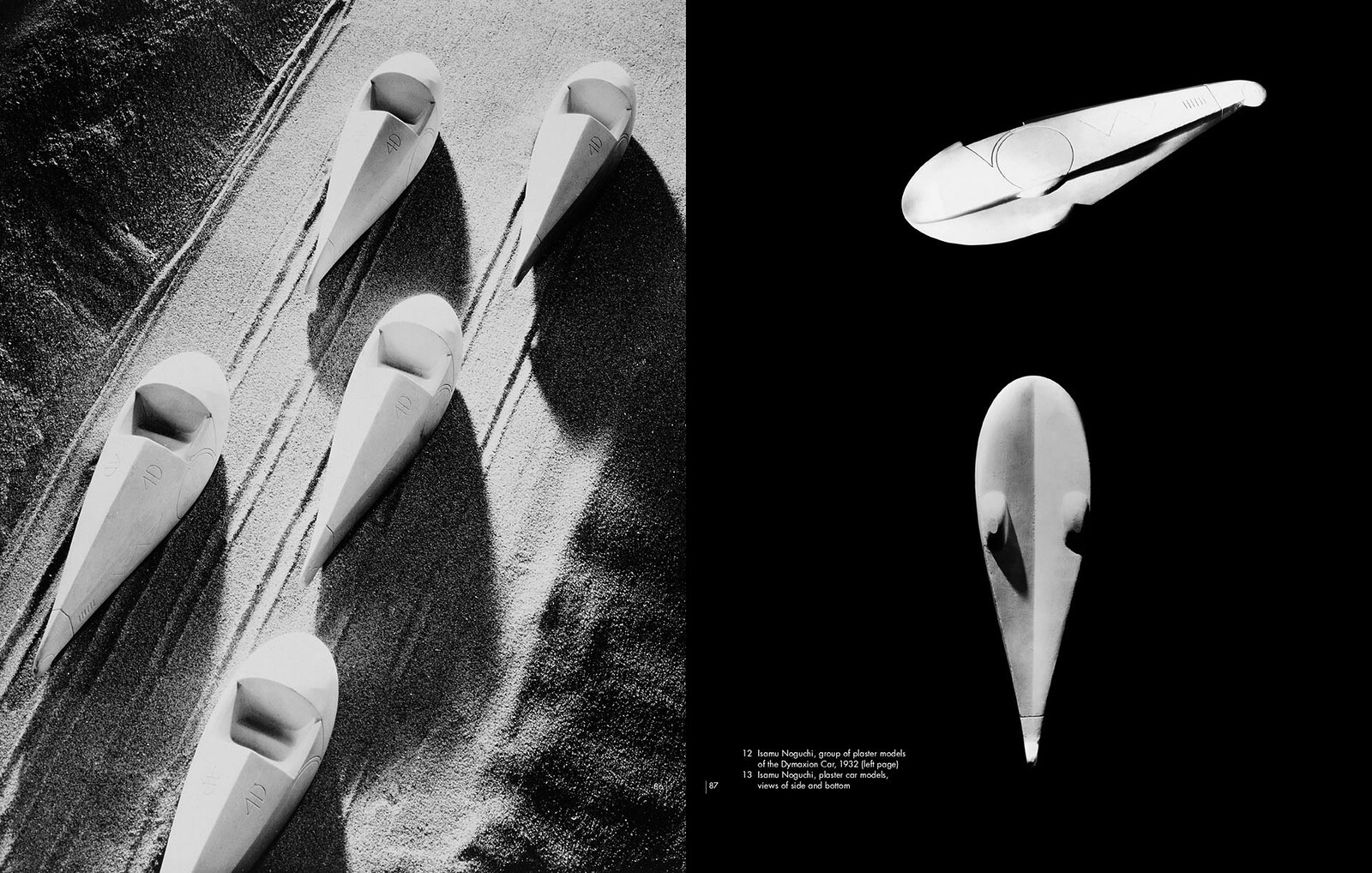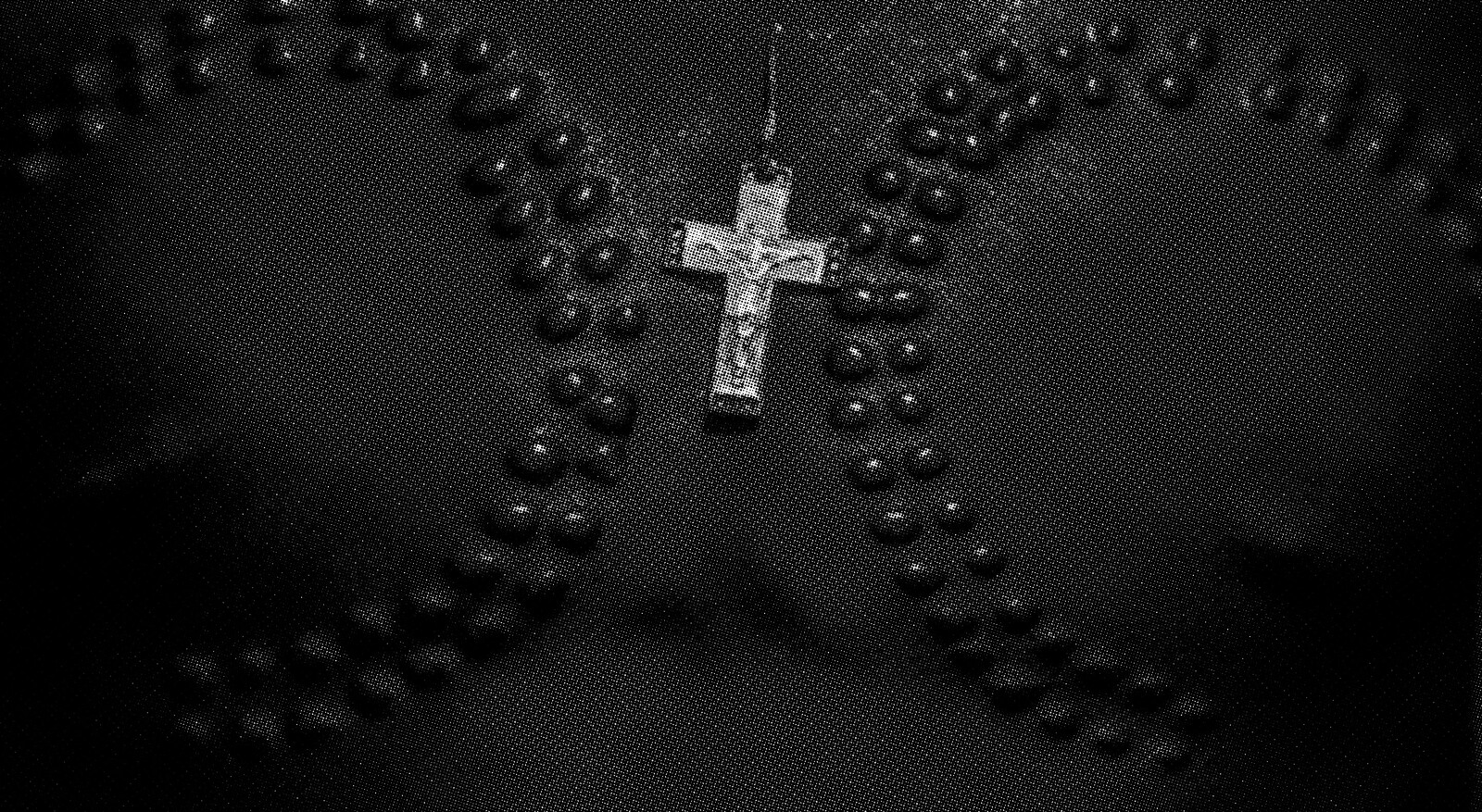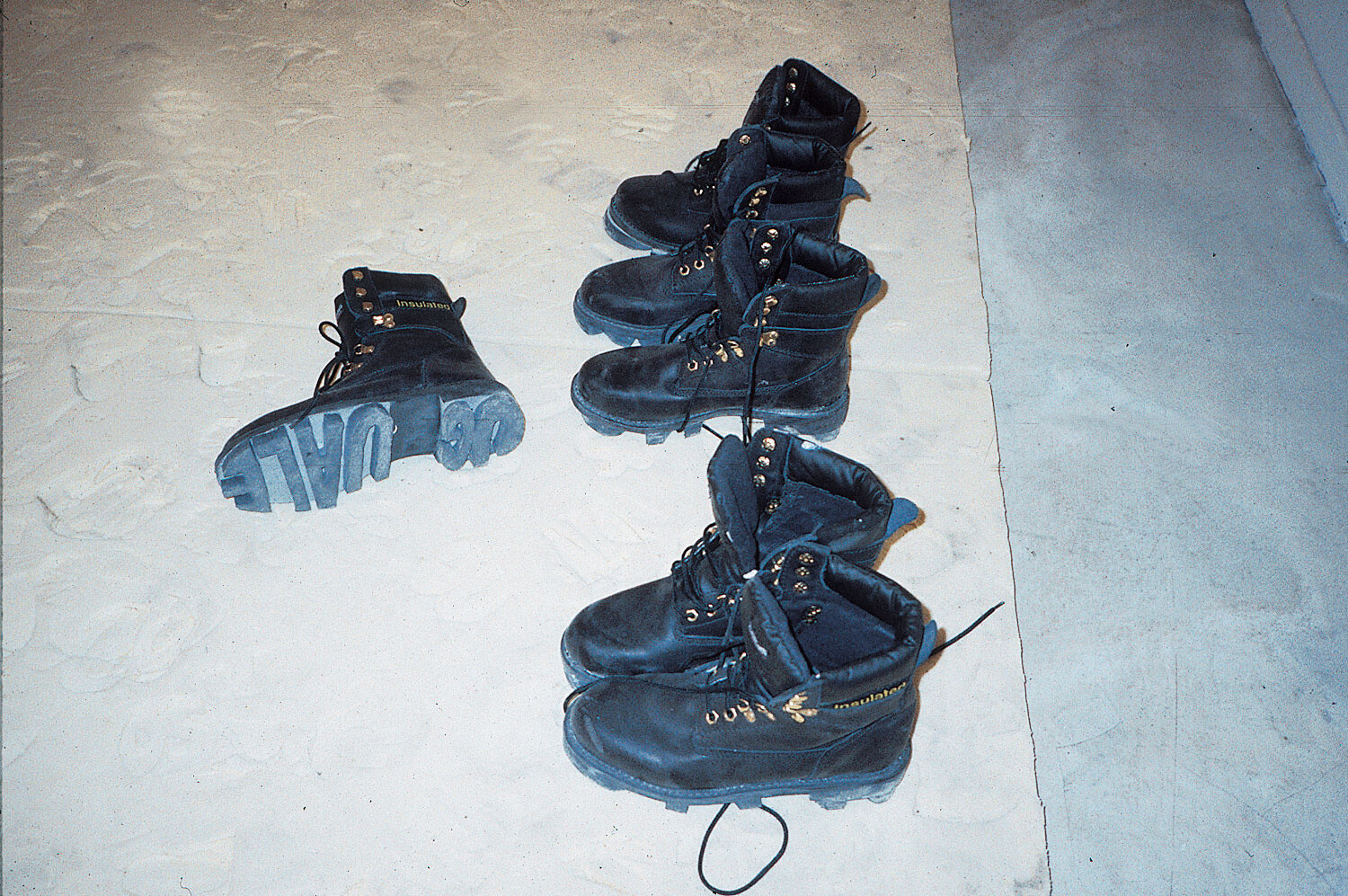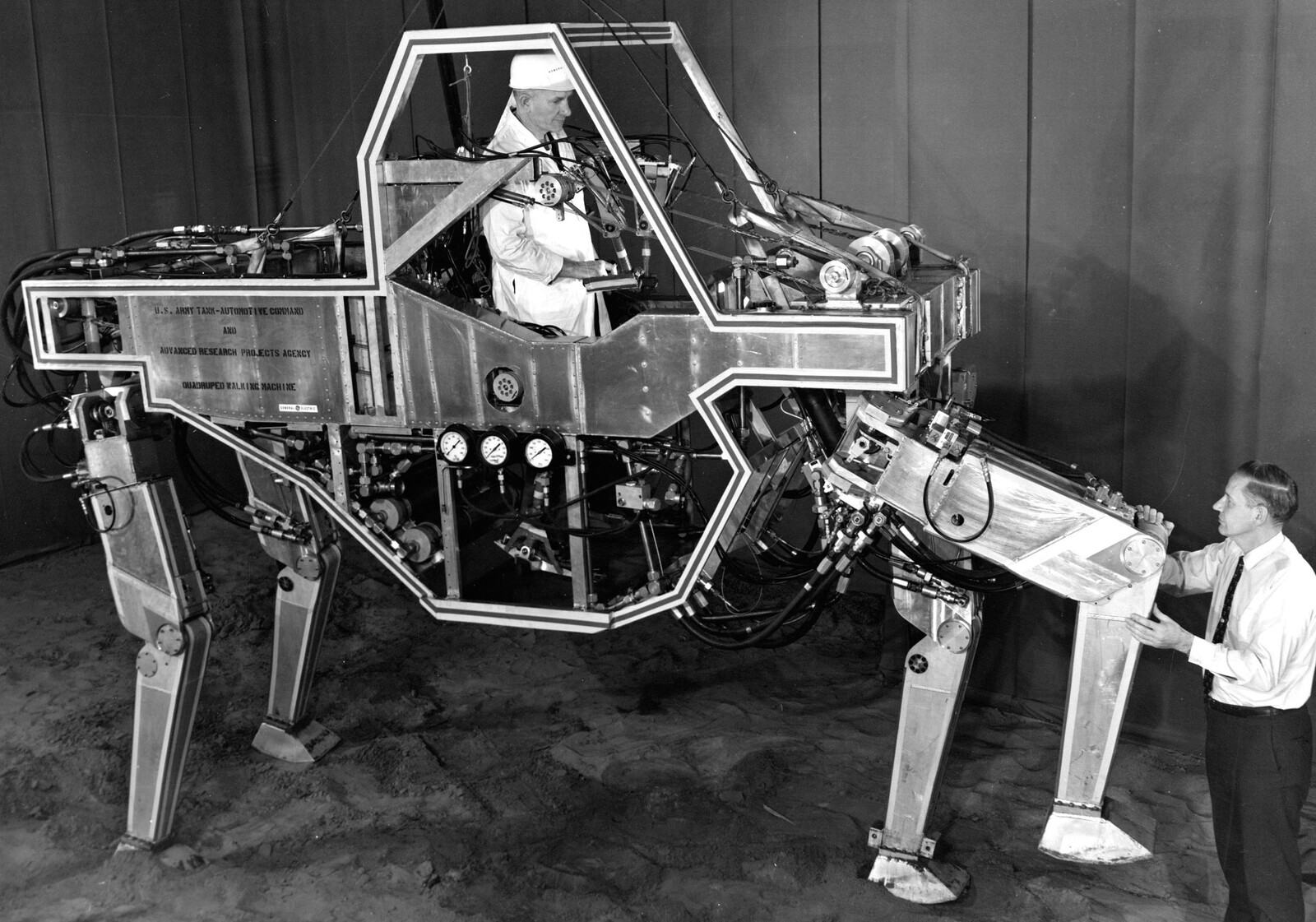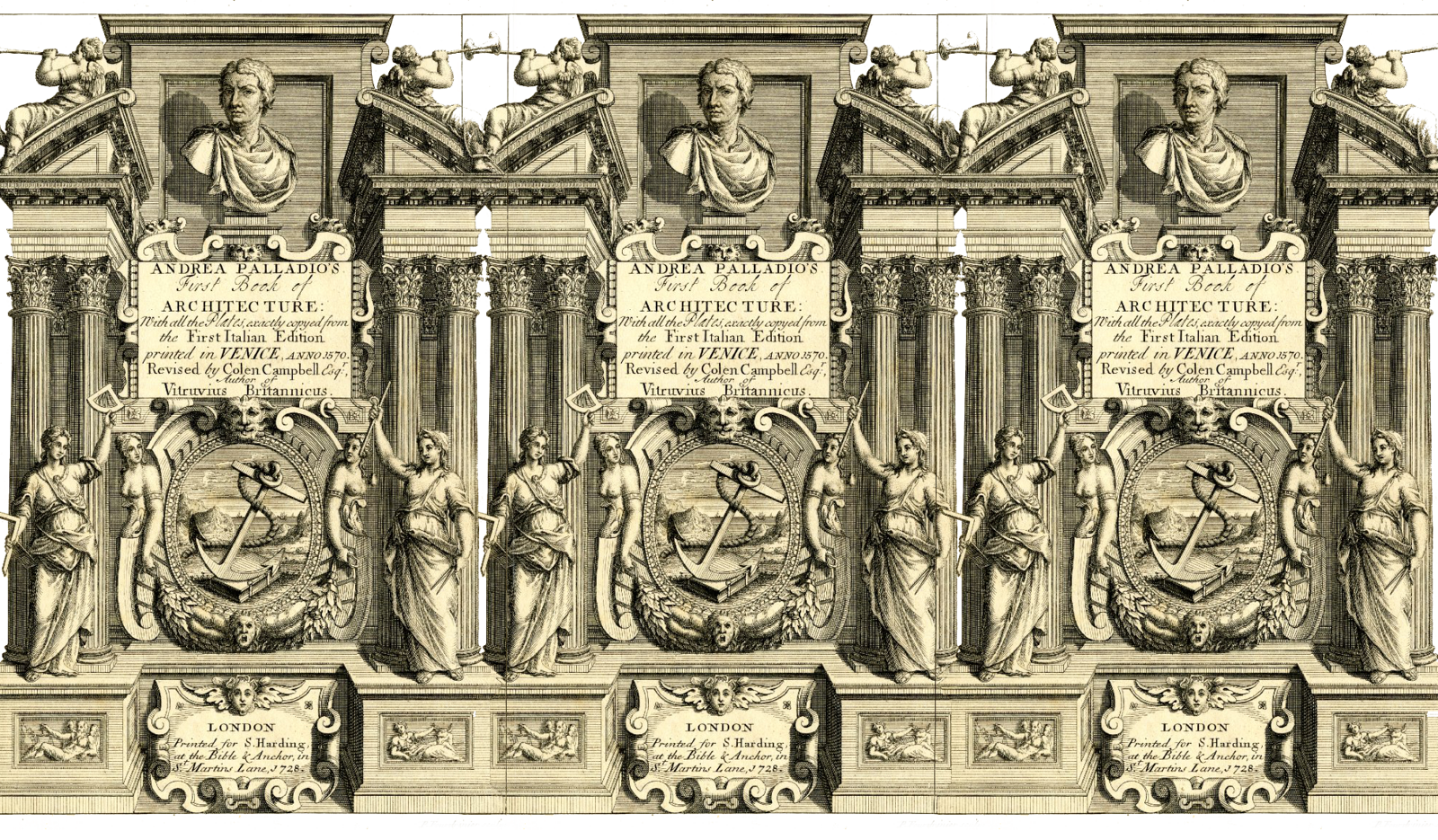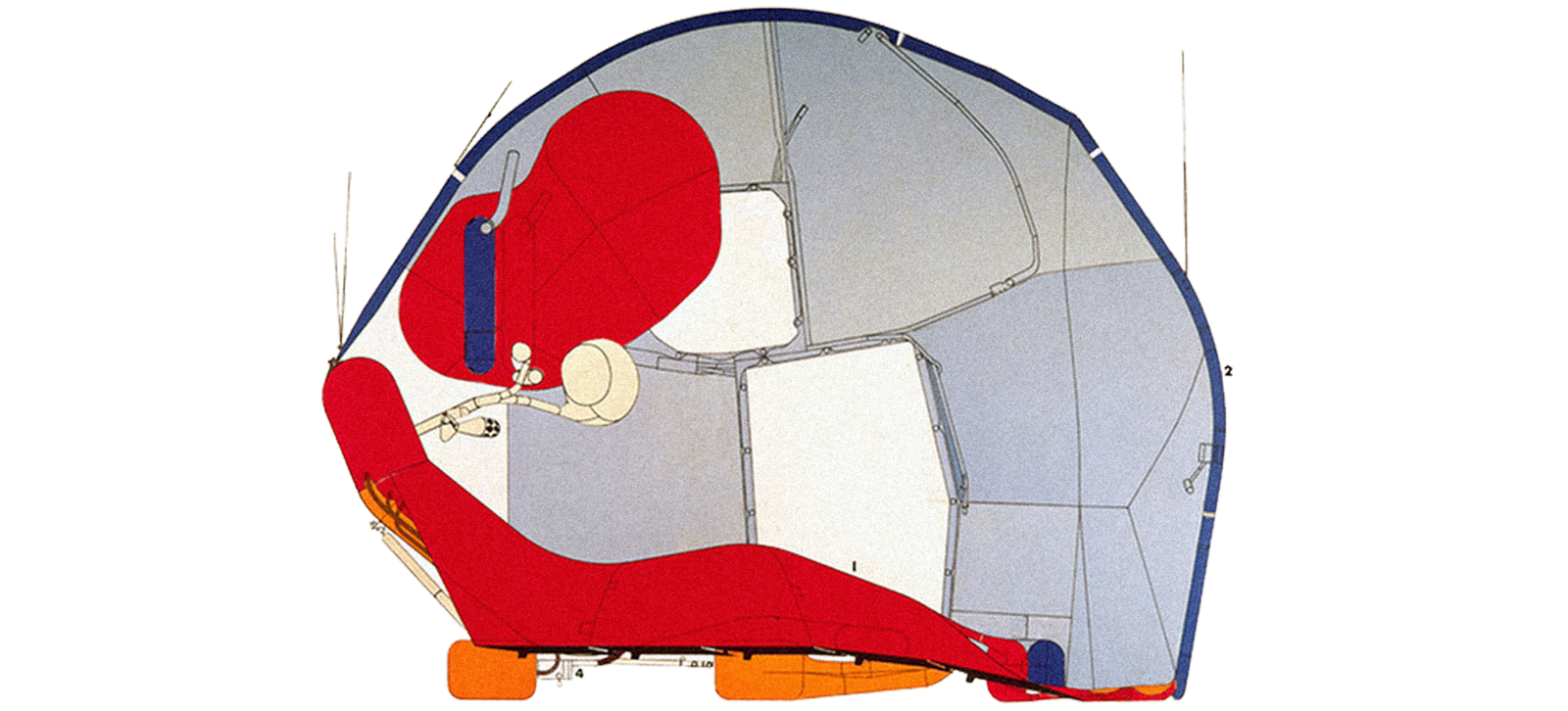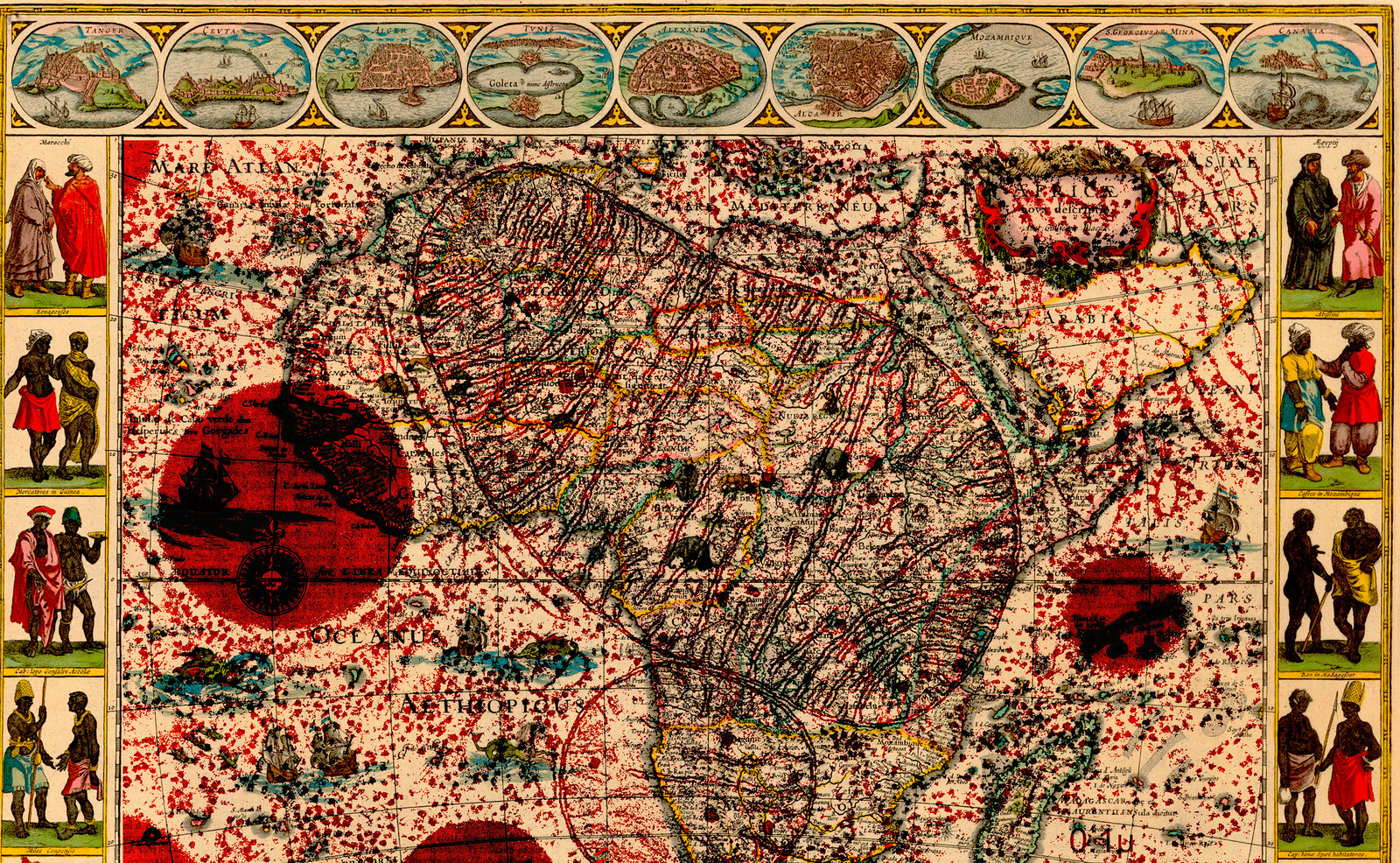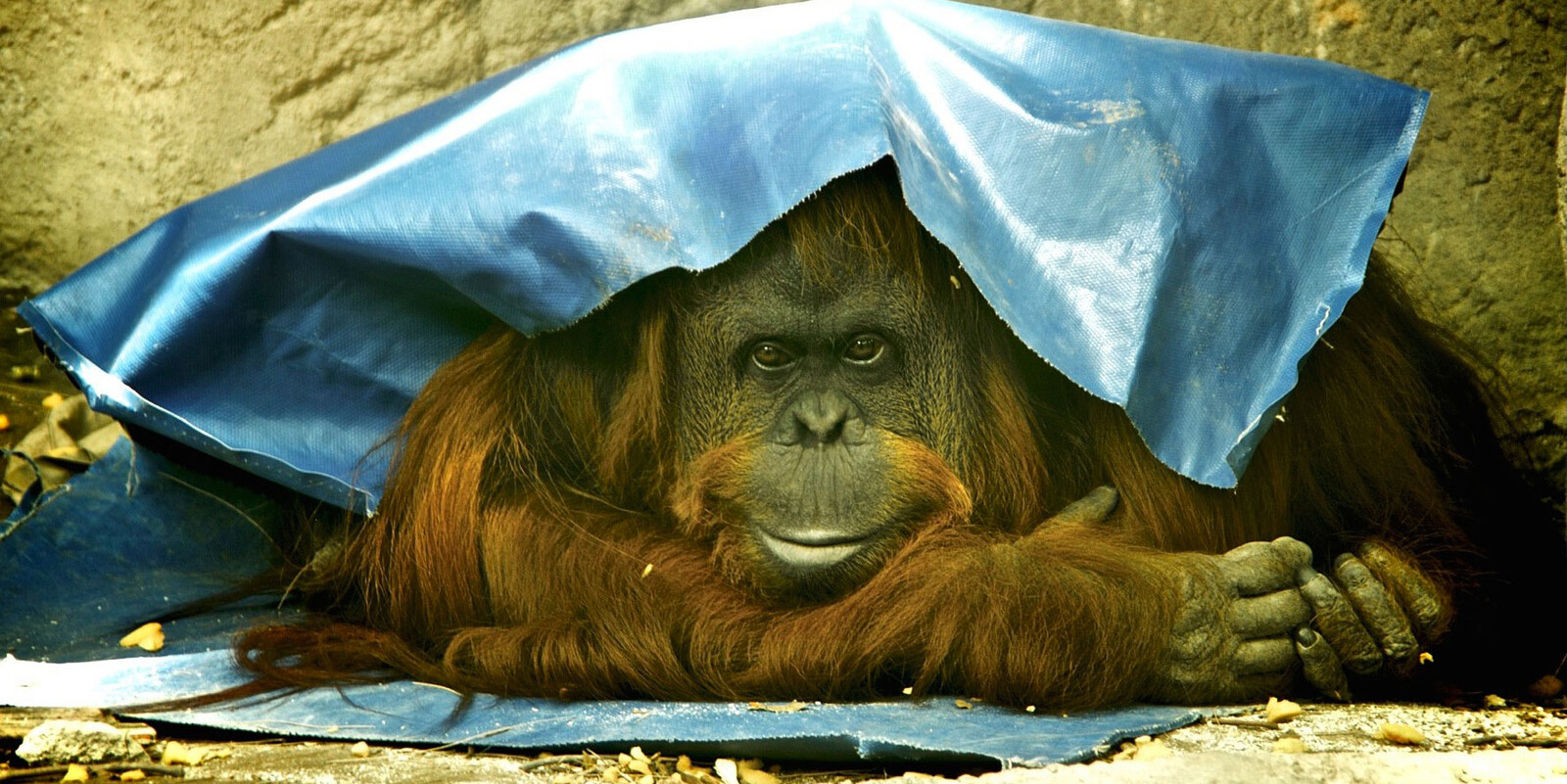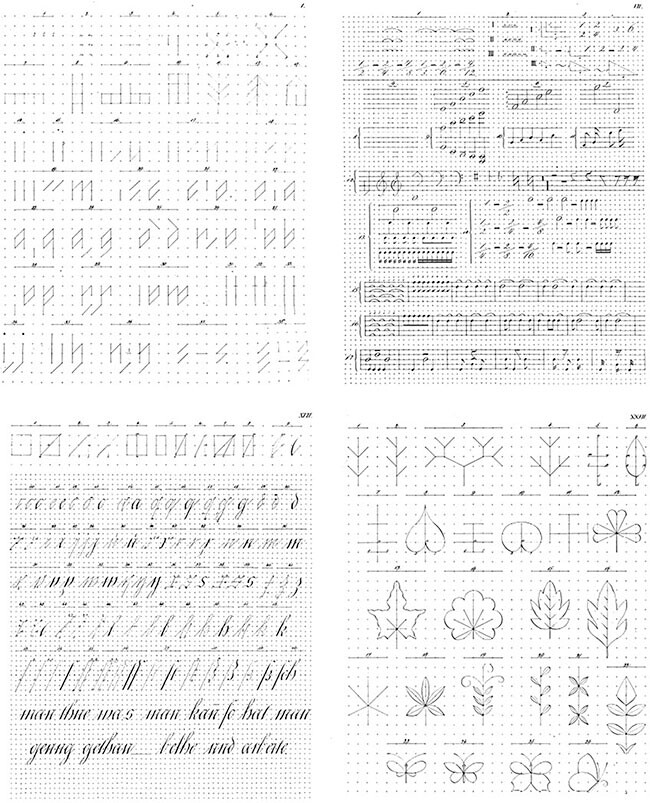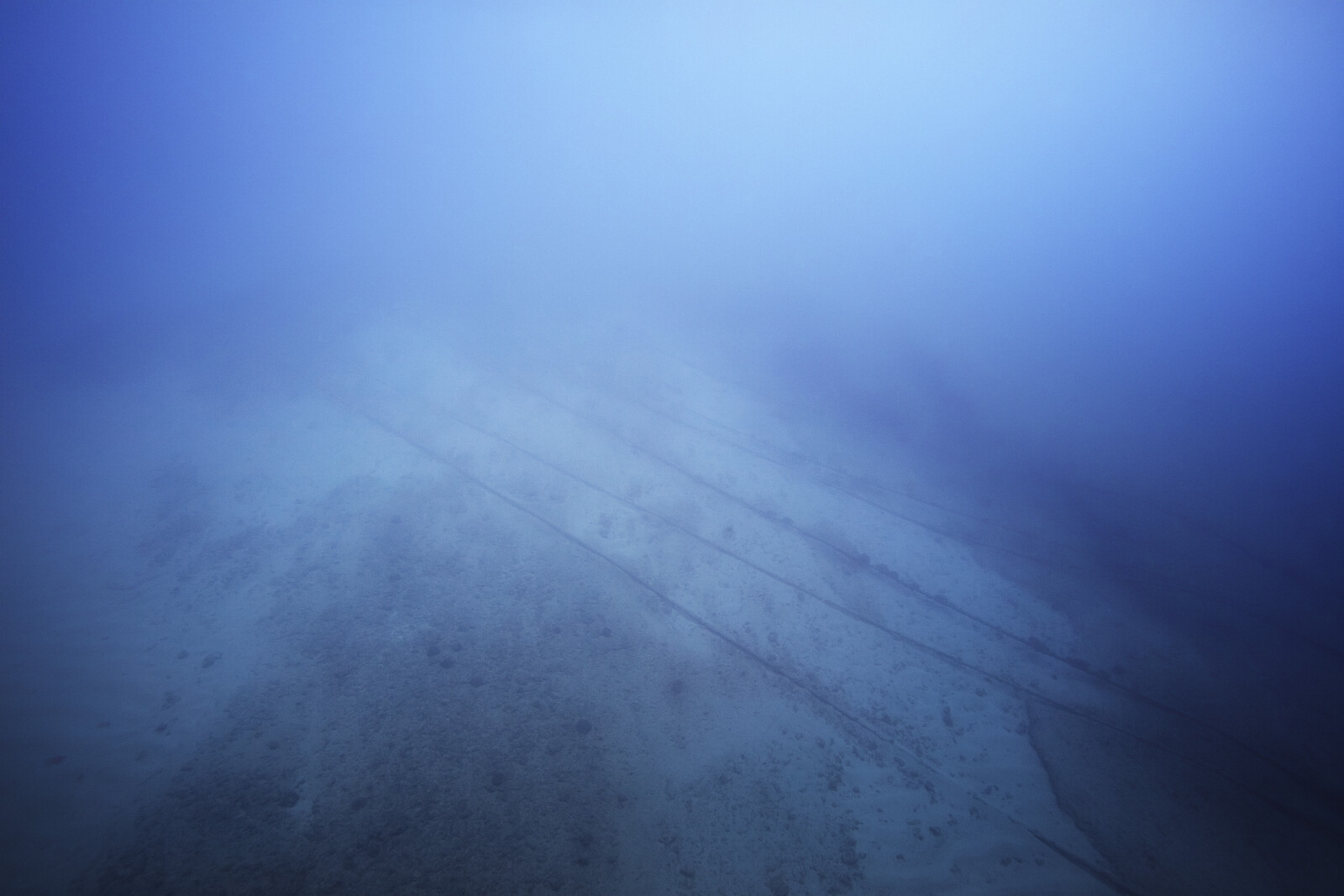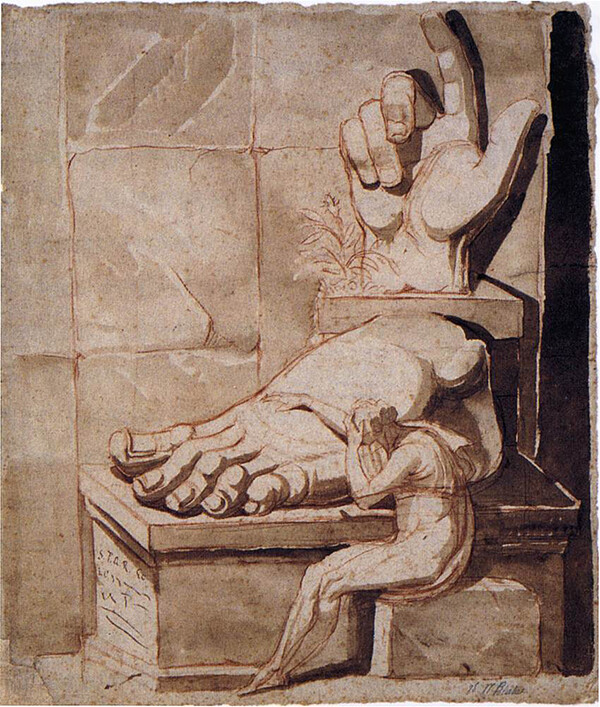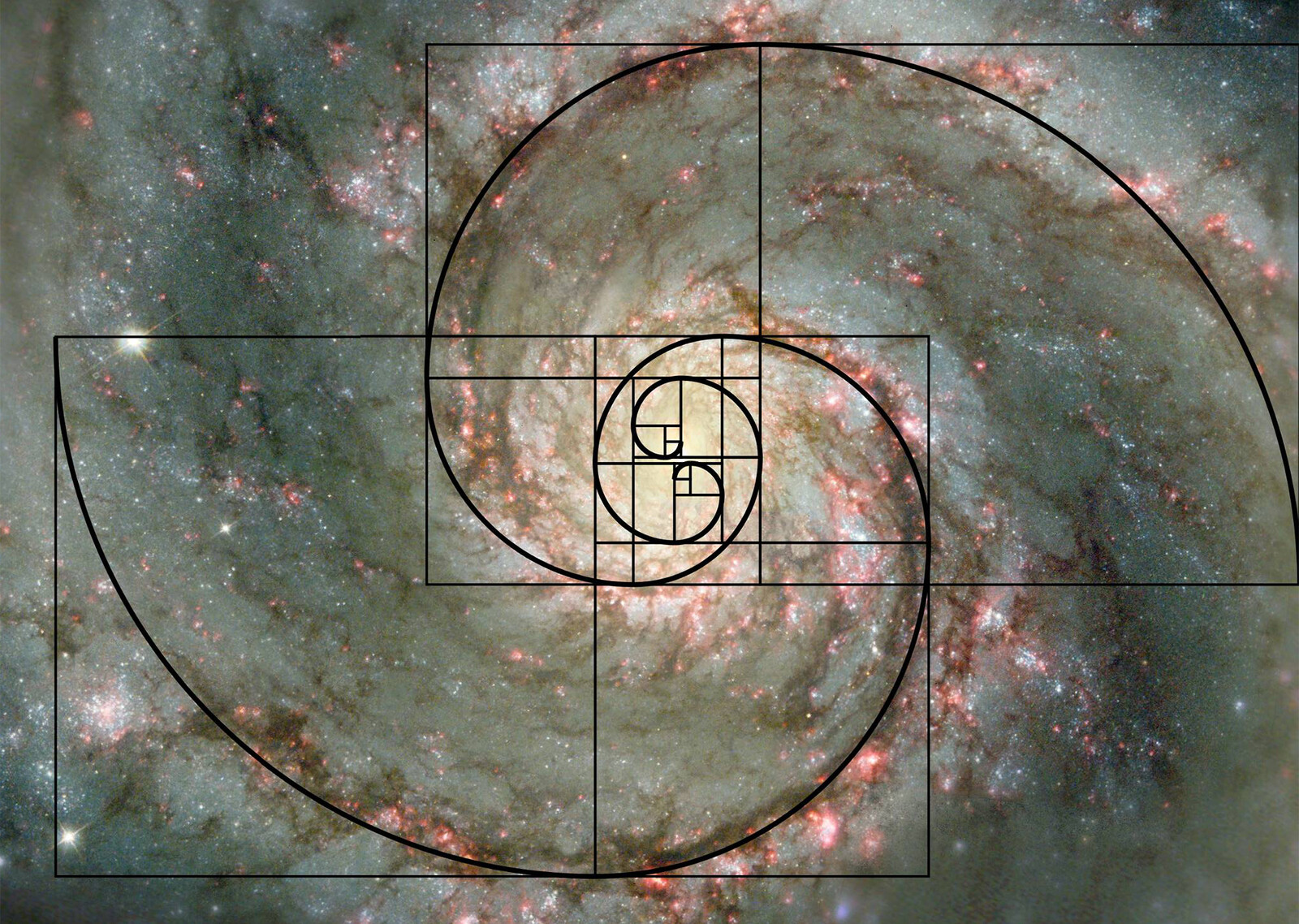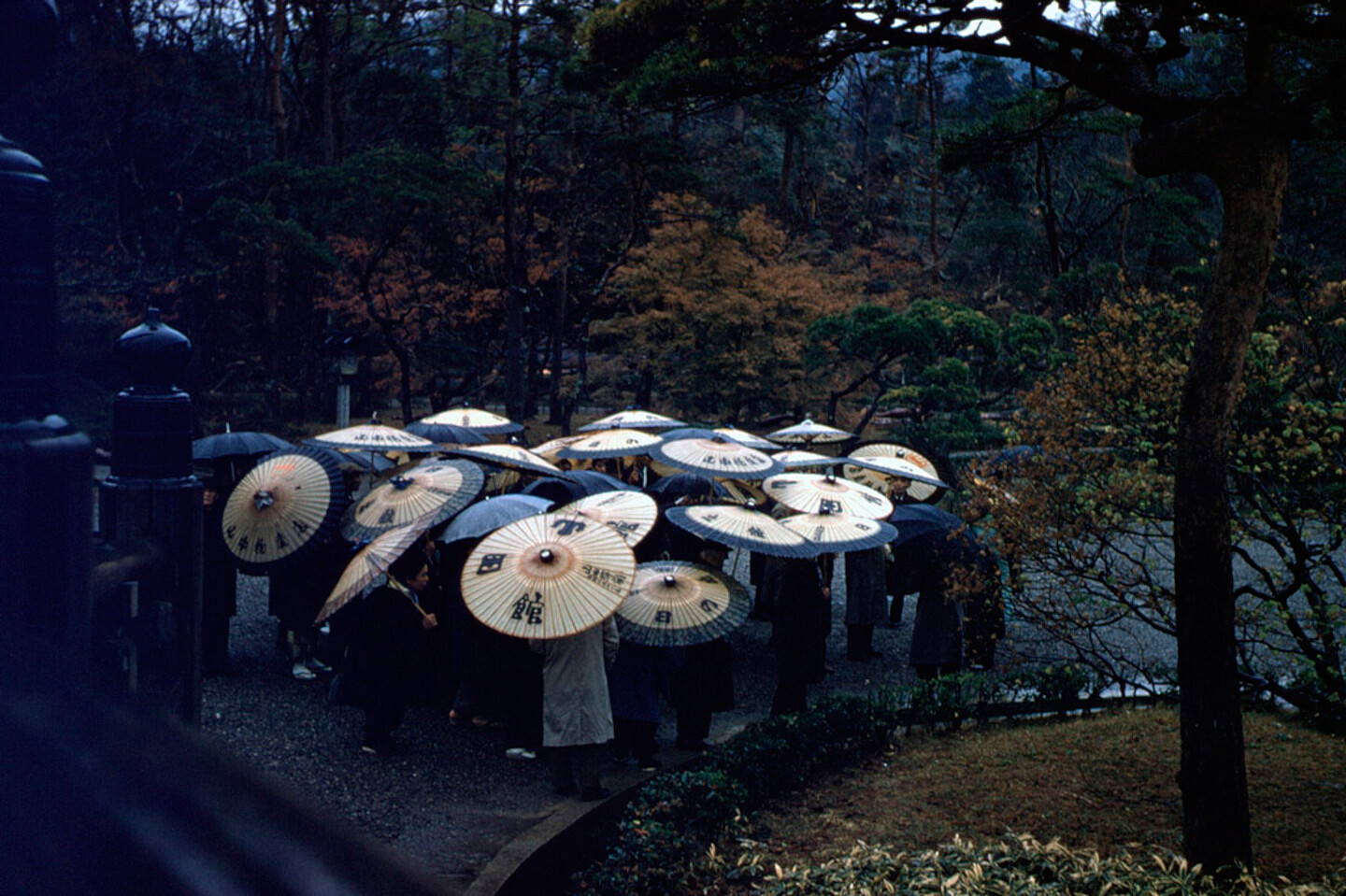It was 2016, and the scales of territories, cities, buildings, animals, plants and human started to simultaneously expand and contract. Proximity and narrative became the matter. So we decide to retreat and prepare for the usual post-apocalyptic era.
Entry 2316.018, Mardin
I turned onto my side to face the dark red sun peering through the sand-covered window. It’s been a long time since I’ve seen another human being. The city was ruined during the war, to the point where it’s virtually unrecognizable. Since then it’s been covered by sand brought up from the south. As the buildings were destroyed, towns, forests, even the weather also changed. A nearby water source lasted for a while, but the electrical station was bombed near the old border, so drawing water from afar wasn’t possible. But even if it was, the current of the Tigris decreased over time, eventually to nothing. The national borders that used to keep me from my neighbors have disappeared as well, but it’s not like there’s anyone else here. No one else survived.
Entry 2016.033, Athens
Before I knew I had to get out of city. Before it had failed, my friend told me we needed to “retreat”. I didn’t agree at the time. He spoke about a “house for doing nothing,” arguing that we should put a distance between ourselves and society—Withdrawal as a political act.1 I’ve since accepted the need to escape; I now live in this house. But for a long time I was unsure how to completely retreat. How is it possible that the form of a “house” can condition such a political act? A confined space, yet nevertheless connected to the outside by interdependent infrastructures? No, I told him; complete withdrawal is not possible. A home, house, a cave might cause physical distance—scale matters—but society is not only physical, but endlessly fluid; intertwined with infrastructure. His response is still memorable:
Withdrawal forms the cell whose multiplication creates today’s communities. If this distance from the social is the presupposition of political thinking, and if today’s sociality is defined by this distance, then we will miss the opportunity to formulate political thought because of a properly architectural problem. This condition, constructed as a house of thought, is an observatory that cannot observe the field it is supposed to contemplate from a distance.
He had the basis of an argument—that retreat, distance or non-involvement was still the way for political engagement—but as an architect, I got the sense that he was speaking about a different form of political engagement, sociality and maybe even collectiveness. But is sociality possible without collectiveness? How can we scale this retreat, this form of social disengagement? He continued,
Political actions may no longer take place in the world architects traditionally form. But then where would this place of political observation be? Where would this society be that we cannot configure? If a political attitude forms through the elaboration of a view from a distance, the lack of distinction between distance and proximity could pose structural problems to its performance.
Personally, I understood there to be a difference between “retreat” and “voluntary exile.” So I responded,
“Retreat” creates a dystopian solitude, a confinement of scale, a manner of exclusion from the configuration of society. However, “voluntary exile” is to resize political form and action. Retreat is haunted by inertia, whereas voluntary exile is predicated by a rescaling of political activity itself. It is a matter of scale, but scale is transversal. Scales get traversed by drones, pens, websites, rocks, and cities.
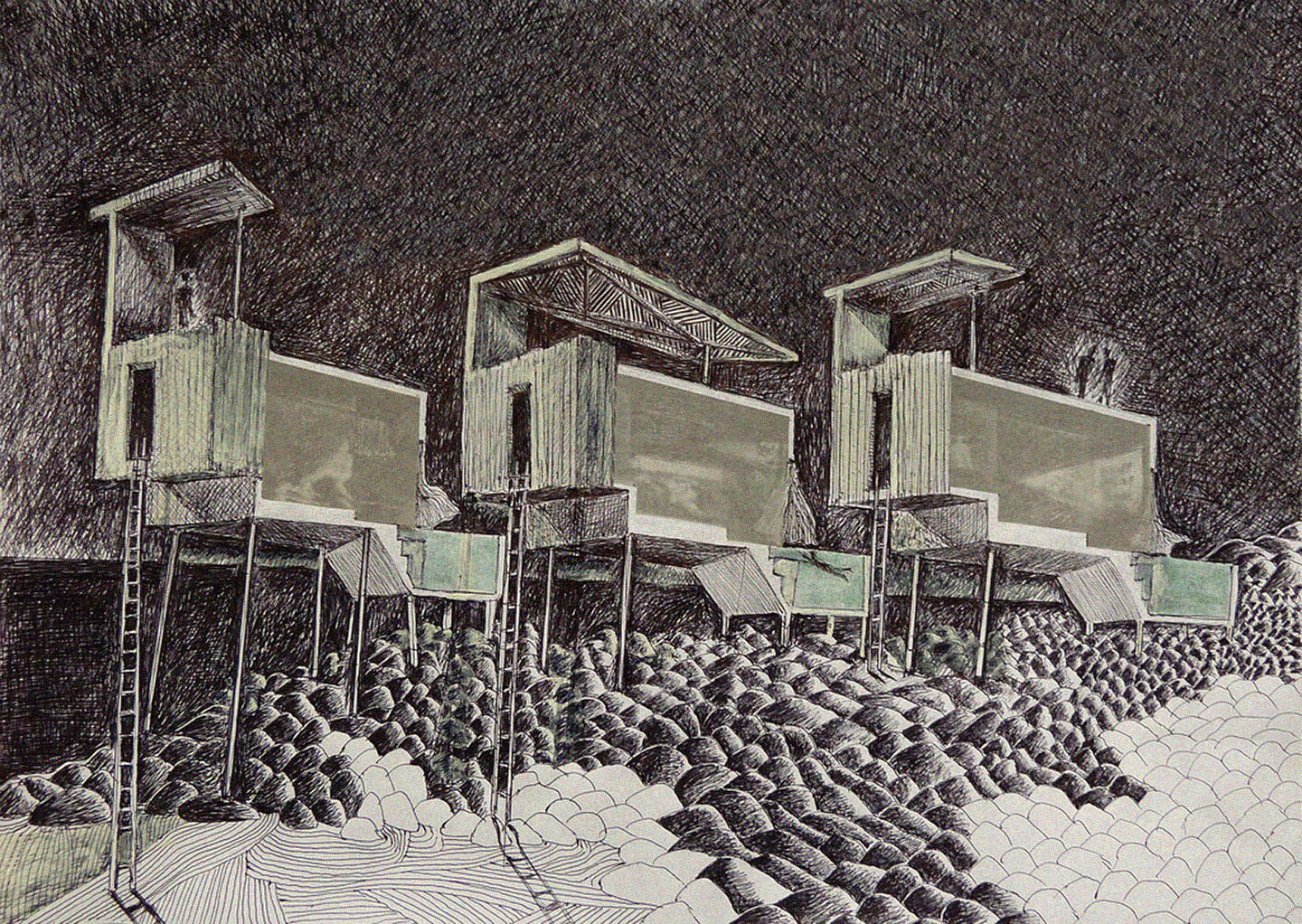

Aristide Antonas, Three houses for doing nothing (from the series: The house for doing nothing, 2013-2015), 2013. Ink on paper, 42 x 30 cm. Courtesy of the artist
Entry 2016.265, Ikaria
Even before I went into exile, I had carried, collected and dried seaweed before. Some friends told me that it would be the super food of the future before they escaped to their island, rich with valuable minerals. I had been warned. They left a note: “Island is the scale. Take a look to the territory, to the land, from there. Size it.”2 I didn’t understand what they meant at the time, but wrote it down anyways. I didn’t expect thinking about islands would challenge my survival in the future.
Entry 2316.281, Göbeklitepe
It took me days to reach Göbeklitepe by foot. People who had cloned themselves thousand of years ago appeared to age in this neolithic settlement. I wasn’t afraid to meet them. They believed animals to be their gods; far superior to humans. Motifs covered the stone walls of their temples that took years for archeologists to understand. But now, I increasingly find myself in the continuation of their past, honoring this ontological evidence and the definition of nature as equal as it is.
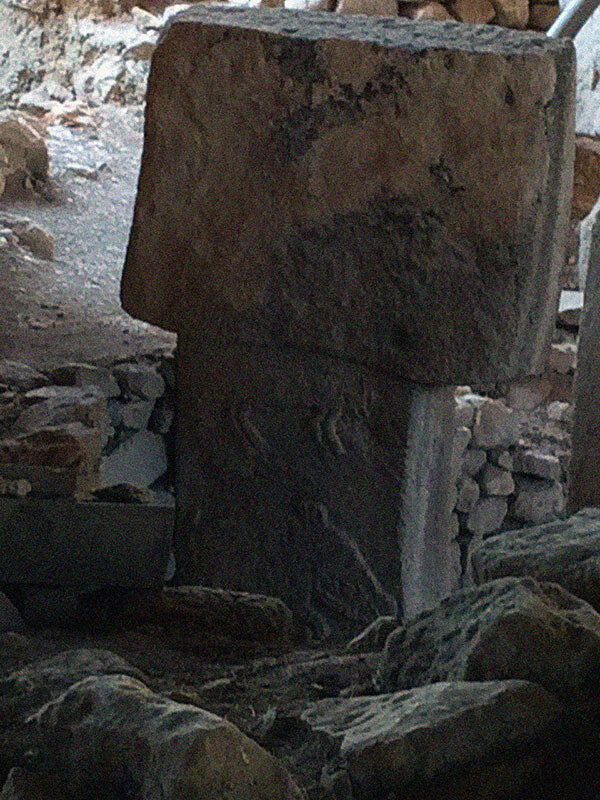

Göbeklitepe, October 2015.
Entry 2016.092, Mardin
Bulldozers ate the mountain, producing sand for the cement to be used in endless housing projects. Speculation was high, and real estate was a way to identify with the new urban classes. I have no idea how many tons of cement were produced, but in just a few years the entire mountain had disappeared. The landscape changed; the sky appeared. Sand storms from the south, from beyond the Syrian border, had become stronger; there was nothing to prevent them. A human territory. The word Arazi, from the Arabic (اراضی ), used to refer to a “project site”; a tabula rasa, though never actually a tabula rasa, sized and scaled by the human mind. It also referred to a paramilitary weapon, a certain type of car.
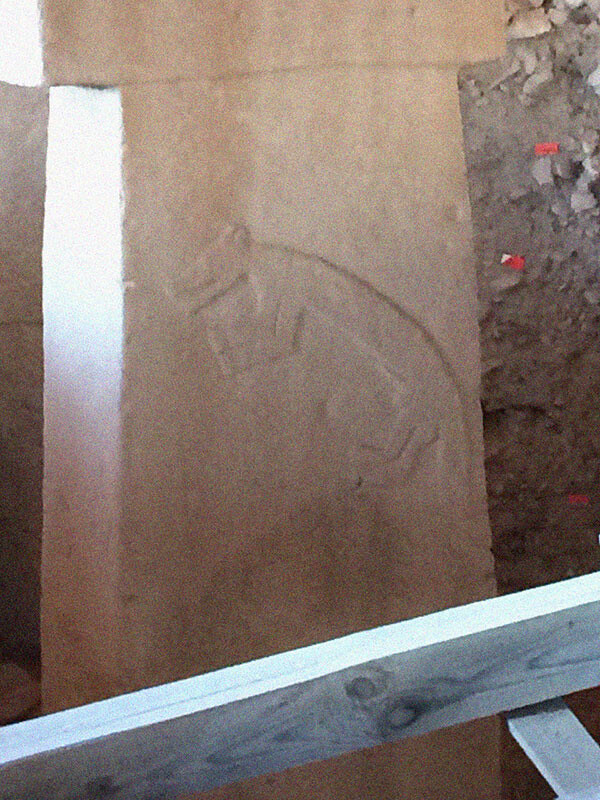

Göbeklitepe, October 2015.
Entry 2316.113, Mardin
Termites slowly devoured my library, leaving a thin but solid layer of dust to cover the remnants. I managed to hide a few lacerated pages from their hunger by keeping them on my body. I held onto these.
For thousands of years, perhaps by imitating crustaceans or termites, human beings have been encasing themselves in all kinds of shell. We are ceaselessly secreting buildings, clothes, cars, images and messages that cling to the flesh of our existence like flesh clung to the bones of our skeletons. Nevertheless, there is one major difference between men, crustaceans and termites, which is that the last two species haven’t, for the moment, been found to include any corporations of architects, artisans and media “pros”. Be that as it may, for a very long time, the delineation of social assemblages has been largely due to eolithic expressions, such as building ziggurats, the demolition of the Bastille, or the capture of the Winter Palace. Only now, besides stone having been replaced by concrete, steel and glass, the cleavages of power occur above all in terms of the speed of communication and the control of information. Under these conditions architects don’t even know which hero to turn to!3
Entry, 2016.172, Mardin
The bombing of a sulfur mine at the south spread acidic sulfur dioxide through the air. We are expecting acid rain here as well, in couple of days as the acid travels with the clouds. My plants will die, slowly. Before I leave, a friend warns me about the recently dark weather in Tel Aviv; he says that there are dust storms because of the war in the south. The air pollution is unstoppable, yet fostered by warfare. I recall the story by Amitav Ghosh of a tornado on 17 March, 1978 in New Delhi. The tornado was fifty meters wide and traveled five kilometers in just few minutes. Ghosh mentions the experience of the tornado: “…what had happened at that moment strangely like a species of visual contact, of beholding and being held…” What is the feeling of the unthinkable? “Throughout the history these branches of culture have responded to war, ecological calamity and crisis of sorts: why, then, should climate change prove so peculiarly resistant to [cultural] practices?”4
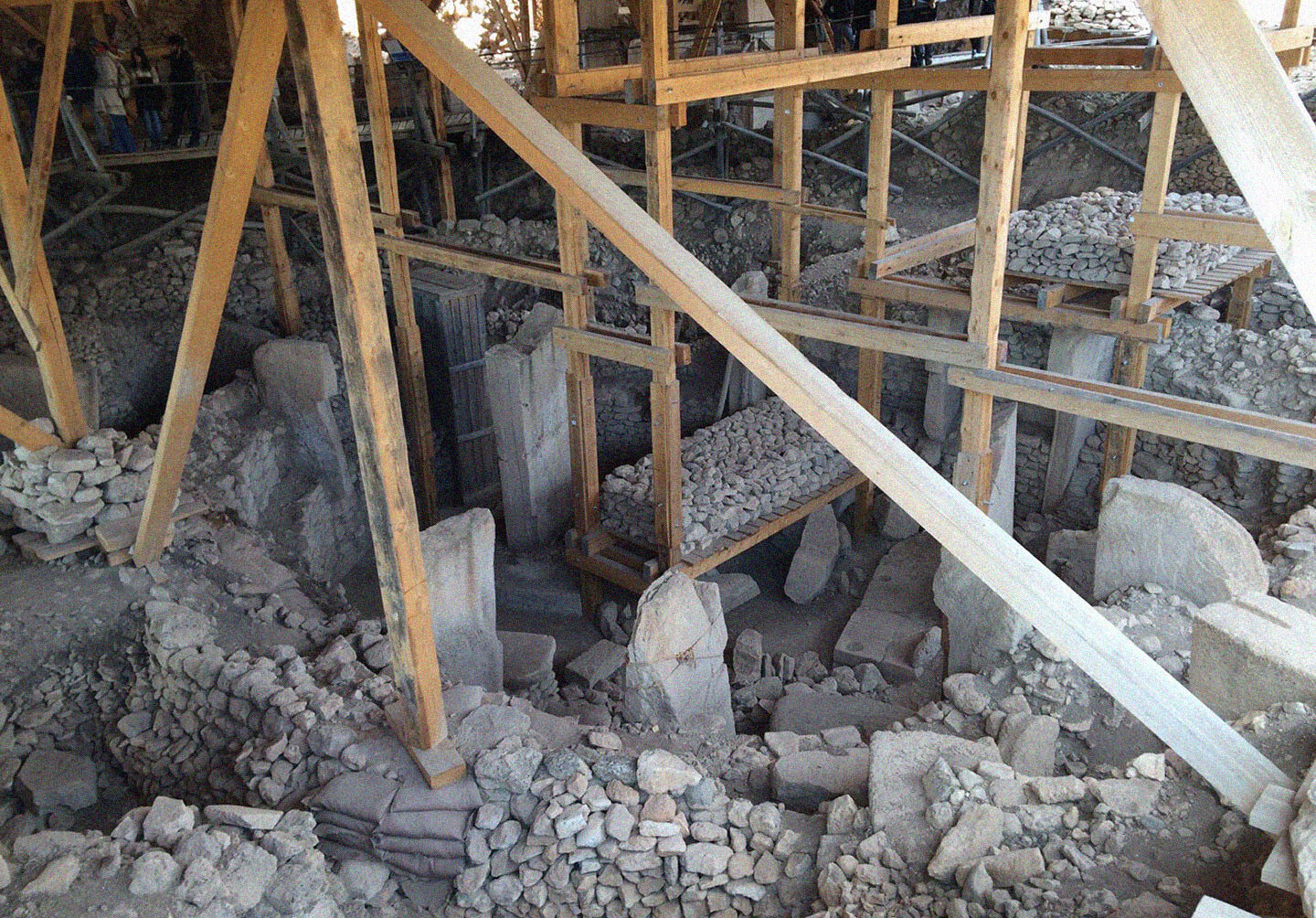

Göbeklitepe, October 2015.
Entry 2016.231, Göbeklitepe
Göbeklitepe is in Southeastern Anatolia, on a plateaued landscape. Is has a height of fifteen meters, is about 300 meters wide in diameter, and sits approximately 760 meters above sea level.5 The last report about this place was a geophysical survey made in 2016, which noted 200 T-shaped pillars in about twenty circles that scientists dated back to the tenth millennium BCE, yet numerous other geological layers date back to different, more recent periods of settlement. People used to think it was a temple for performing rituals to their animal gods. I’ve since learned, however, that this was a sacred place for the resurrection of humans.
Entry 2316.318, Göbeklitepe
In my notes, I found a reference from the past, the past that became my future:
The Guardian reported that people in war-torn lands like Afghanistan were reduced to eating grass in order to survive. At the same point in history, cows in the United Kingdom and parts of the European Union were fed meat-based fodder.6
Is post-humanism a life beyond the self? Is it a form of humanity beyond the idea of man, that every “thing” that surrounds him is sized by him? A self-centered approach to the subject that turns outwards as a projection for designing the scales of the future environment, which in turn actually form the self?
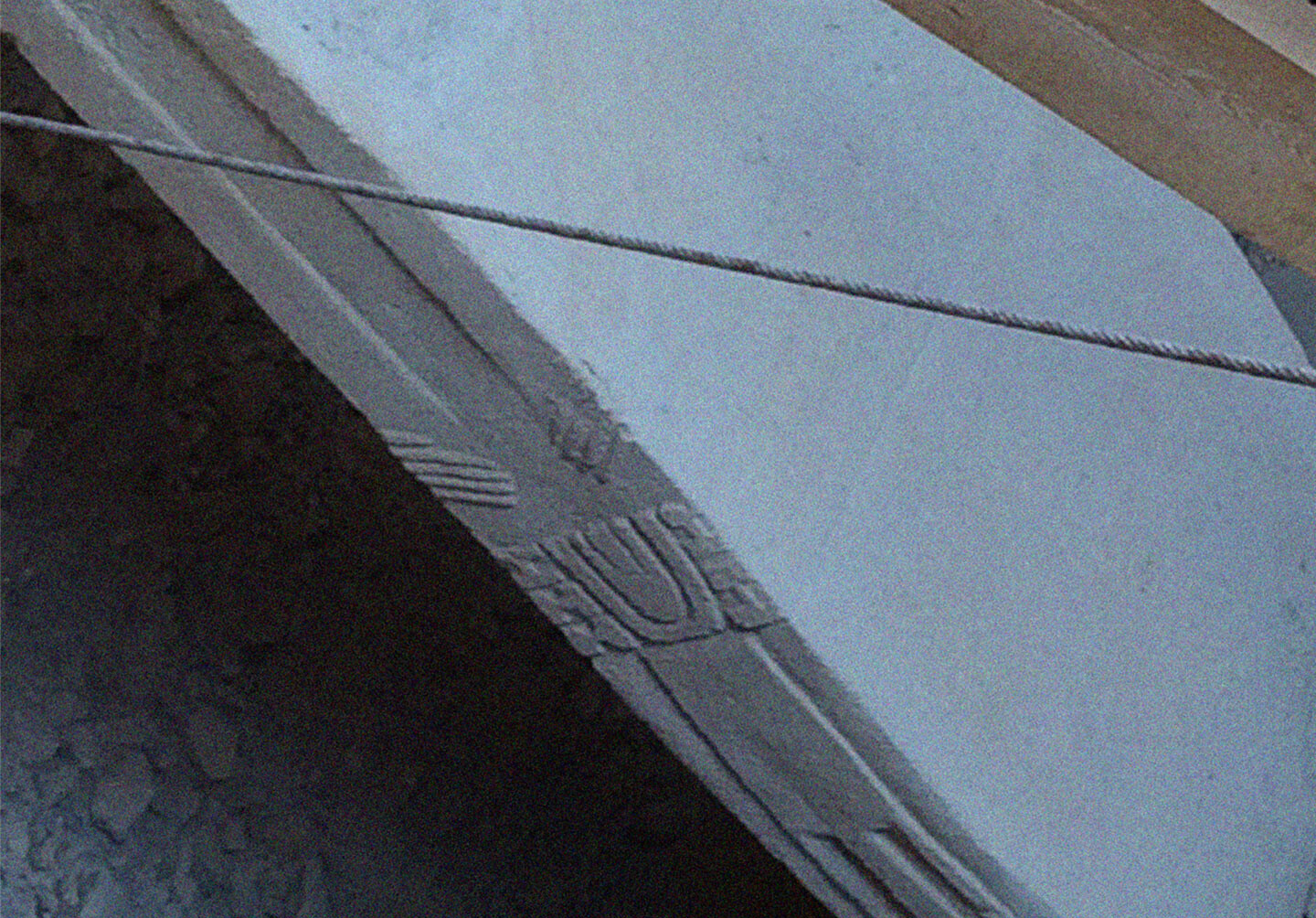

Göbeklitepe, October 2015.
Entry 2016.086, Athens
“Stepping back is not exactly the condition that negates the networks. It is the function the network needs in order to be created,” said my friend as we walked out of his studio into the city of urban voids. I thought back to this idea of a “house for doing nothing.” The design he had for it was 350 m2 in size, but when I thought about it myself I envisioned something much smaller, like a cave dwelling of round 45 m2. I asked him about that, its scale. It was up to me, he said. So it was. I carved out my own; built it with bricks on the last rocks, with a view to the horizon of southern Mesopotamia.
Entry 2316.156, Mardin
Salt rocks are anachronistic forms of terrestrial decay. The opacities of their crystalline structures represent movement through cosmic time. In between the rocks in the landscape, the salt craters took on a deep blue hue. Kneeling down, I carved some out with my hands and touched it to my lips to taste. The minerals, gliding down my throat. It was refugees from the other side of the Tigris who taught me that salt is essential for human life. Halite is the name of its natural form as a crystalline mineral, but animal tissue contains salt too, and in larger quantities than plants.
Entry 2316.107, Mardin
In “Architectural Enunciation,” Felix Guattari describes the scales of geopolitical, urban, and economical categorization, as well as scales of architectural operations, like visibility and proximity, reference to the exterior (be it functional or symbolic), representation and cartography. Scales of architectural thought involved the process of “to-and-froing” between spaces. He makes claims about a “catalytic singularity”:
When architects stop trying simply to be plasticians of built form and begin to offer their services as revealers of the virtual desires of space, place, journeys and territory, then they will have to analyze the relations between individual and collective corporealities by constantly singularizing their approach.7
This approach contains an affective approach of the self. Personally, it’s beyond self-design; an empty process, as the “self” ontologically never existed, but at the same is always continuously redesigned. And the re-designed self creates a worldview too, which is nothing but a simulacra that imposes the future history on us.
Entry 2016.193, Mardin
“…the good fortune to be caught up in a process of becoming-an-event, that is to say, the historical enrichment and re-singularization of desire and values.”8 I saw my friends’ message: “Do you think the world is coming to the end? It is bizarre that our film makes sense now…” It is sad and true, but still, I got a bizarre feeling from reading this. I mean, both the meaning of the sentence and the current time spoken about, as a being within it. The water was boiling. It started rising to meet the coffee grains, and then went through. I poured coffee into my cup.


Göbeklitepe, October 2015.
Entry 2316.254, Mardin
I saw small sparks of a fire on the horizon of the Arazi. The flame was transparent; cutting the line of sight to the territory further beyond. Suddenly, I saw someone; human-like, walking toward my home. I turned to the thin reddish-yellow horizon at end of the Anatolia. Standing up, I received blood; my first period since becoming post-human.
Aristide Antonas, “The House for Doing Nothing.” See ➝
MAP Office, “Islands, Archipelagoes and Other Liquid Territories” (2015), ➝.
Félix Guattari, “Architectural Enunciation”, trans. Tim Adams, Interstices 06 (September 2005): 119–125.
Amitav Ghosh, The Great Derangement: Climate Change and the Unthinkable (Penguin Books, 2016).
See ➝
Rosi Braidotti, The Posthuman (Cambridge: Polity, 2013), 2.
Ibid., Guattari, 120.
Ibid., Guattari, 125.
Superhumanity is a project by e-flux Architecture at the 3rd Istanbul Design Biennial, produced in cooperation with the Istanbul Design Biennial, the National Museum of Modern and Contemporary Art, Korea, the Govett-Brewster Art Gallery, New Zealand, and the Ernst Schering Foundation.
Superhumanity, a project by e-flux Architecture at the 3rd Istanbul Design Biennial, is produced in cooperation with the Istanbul Design Biennial, the National Museum of Modern and Contemporary Art, Korea, the Govett-Brewster Art Gallery, New Zealand, and the Ernst Schering Foundation.
